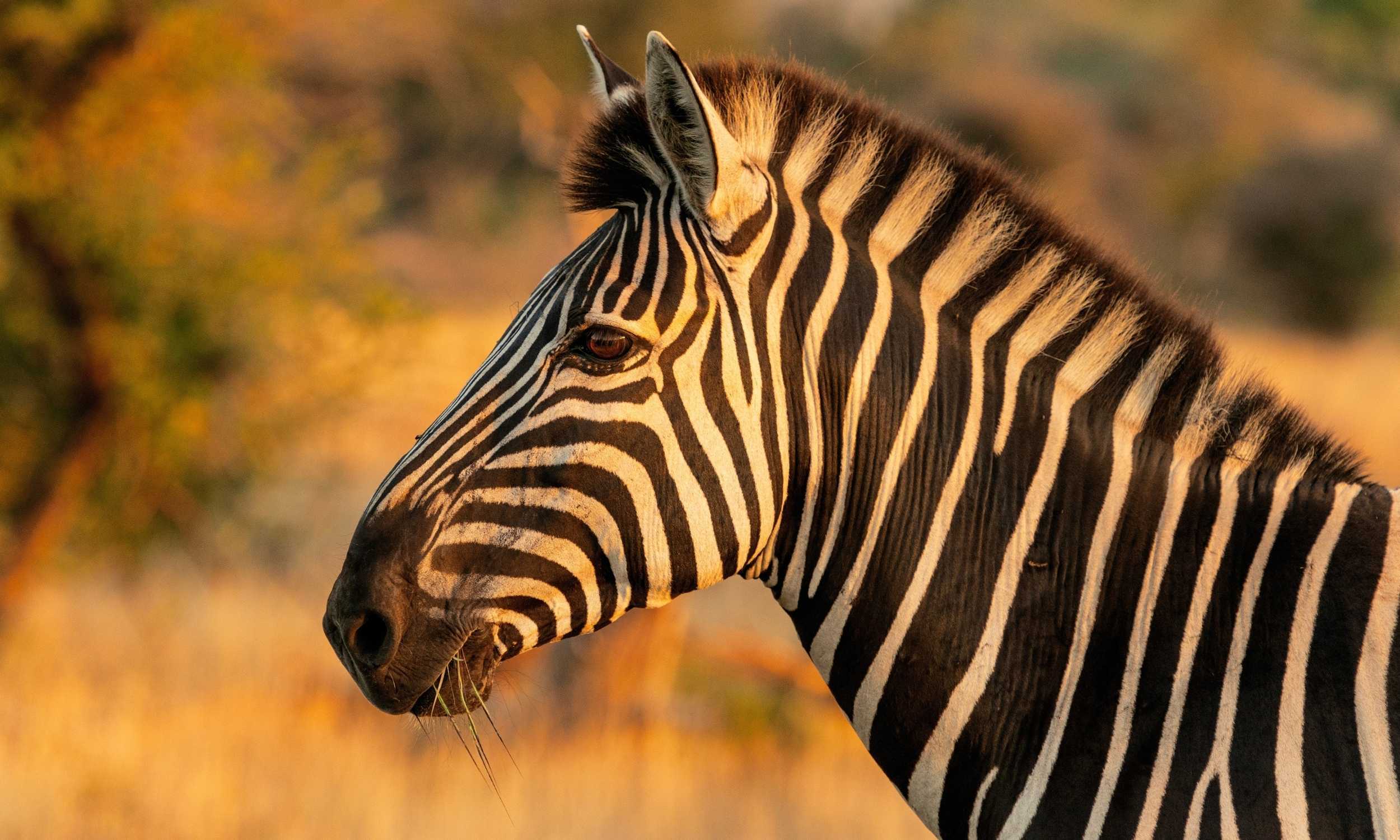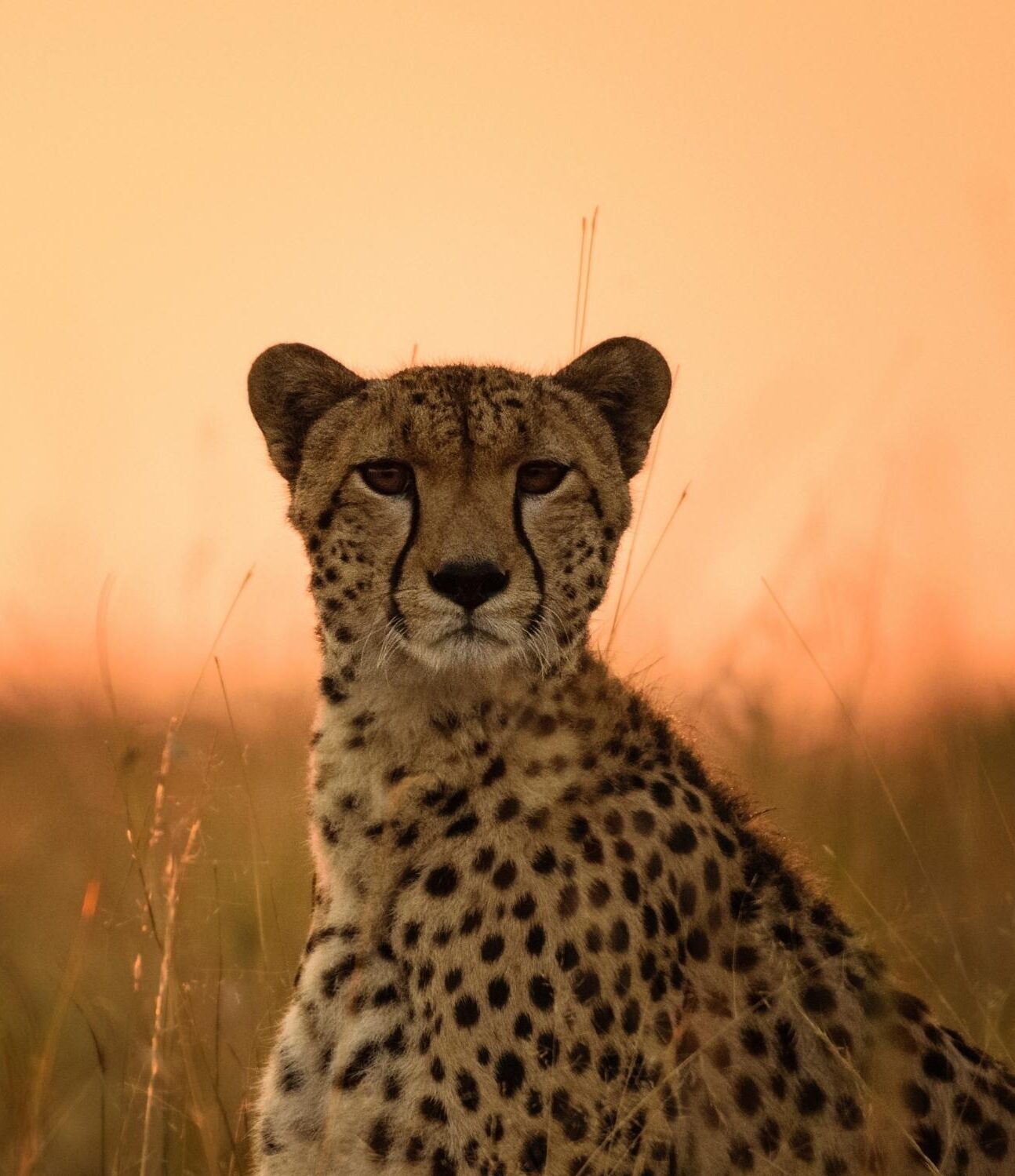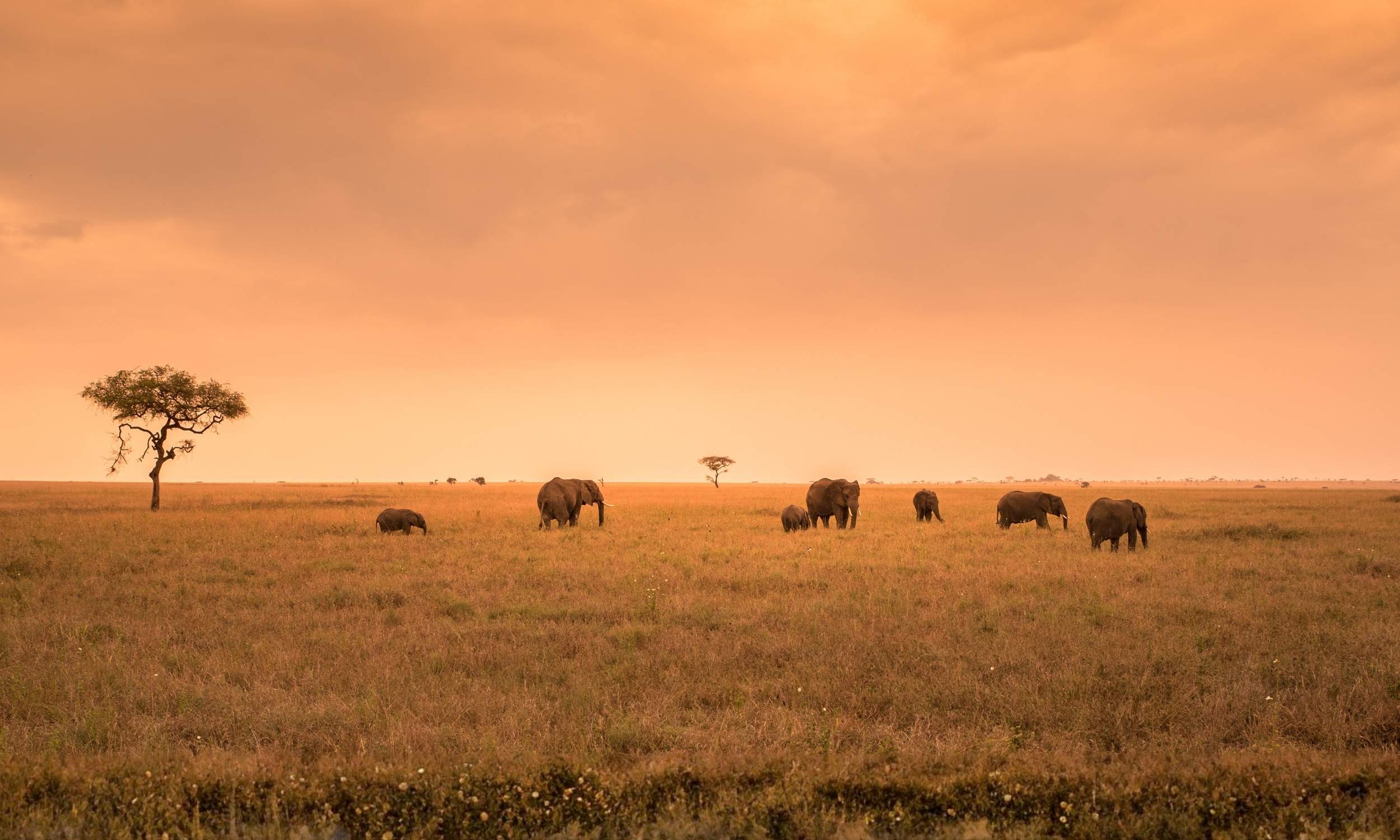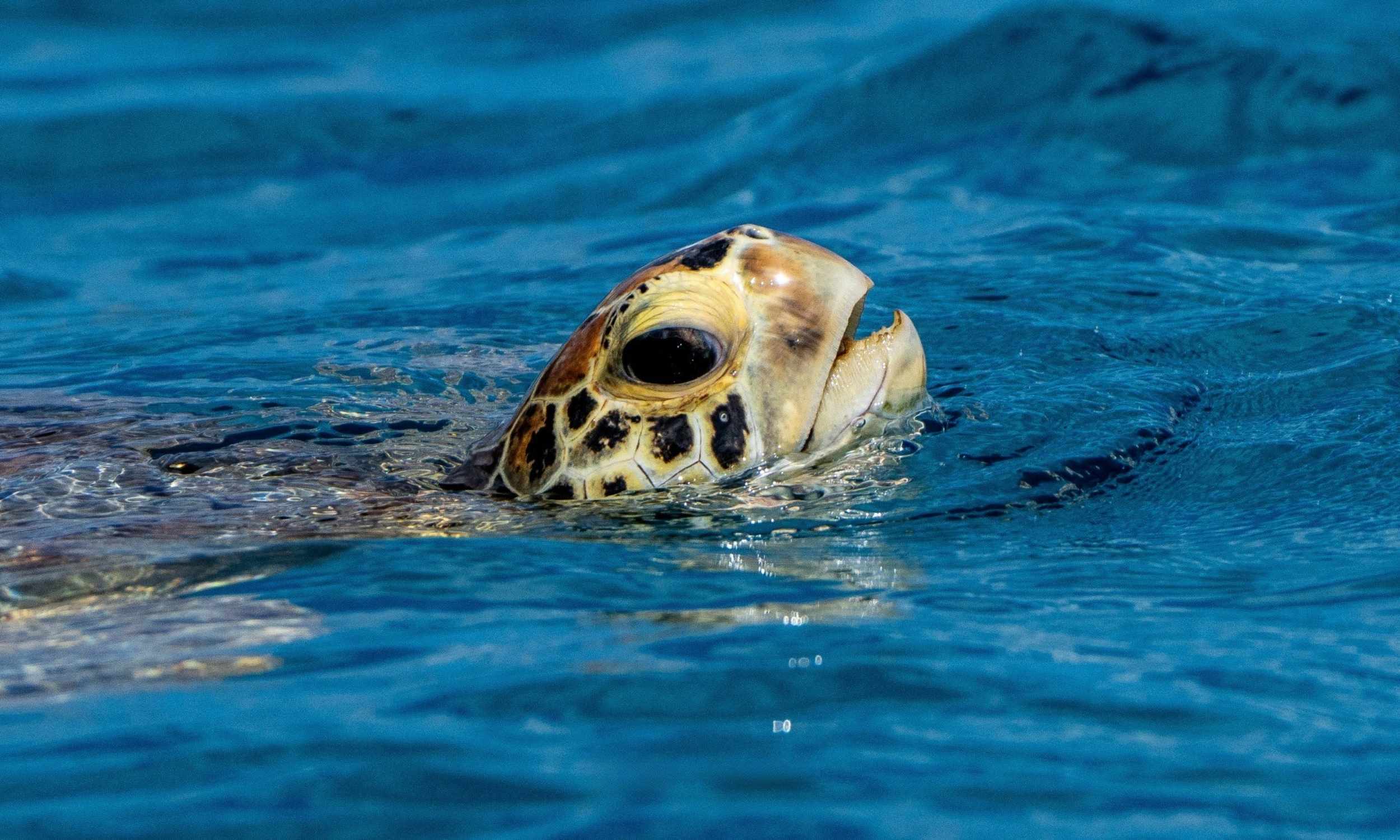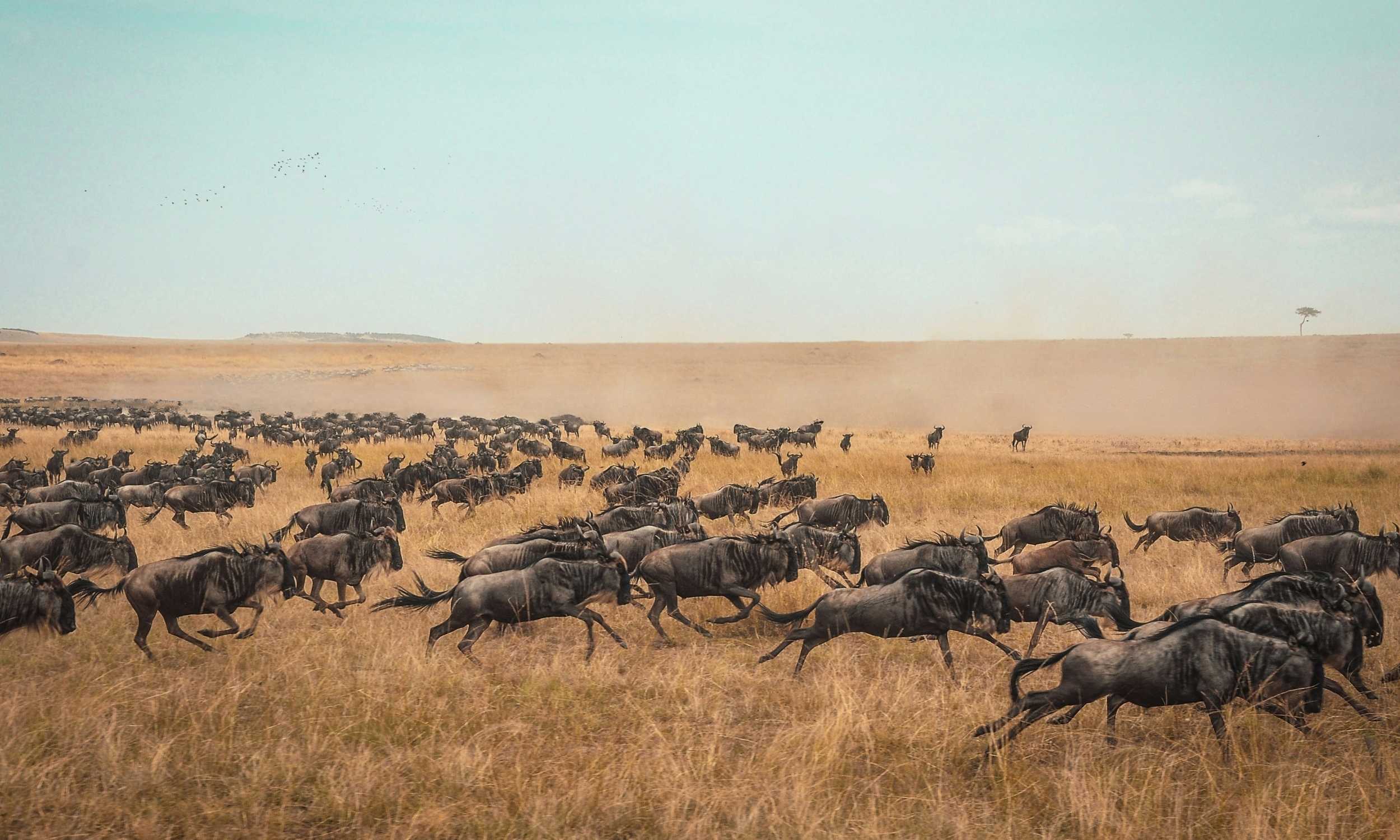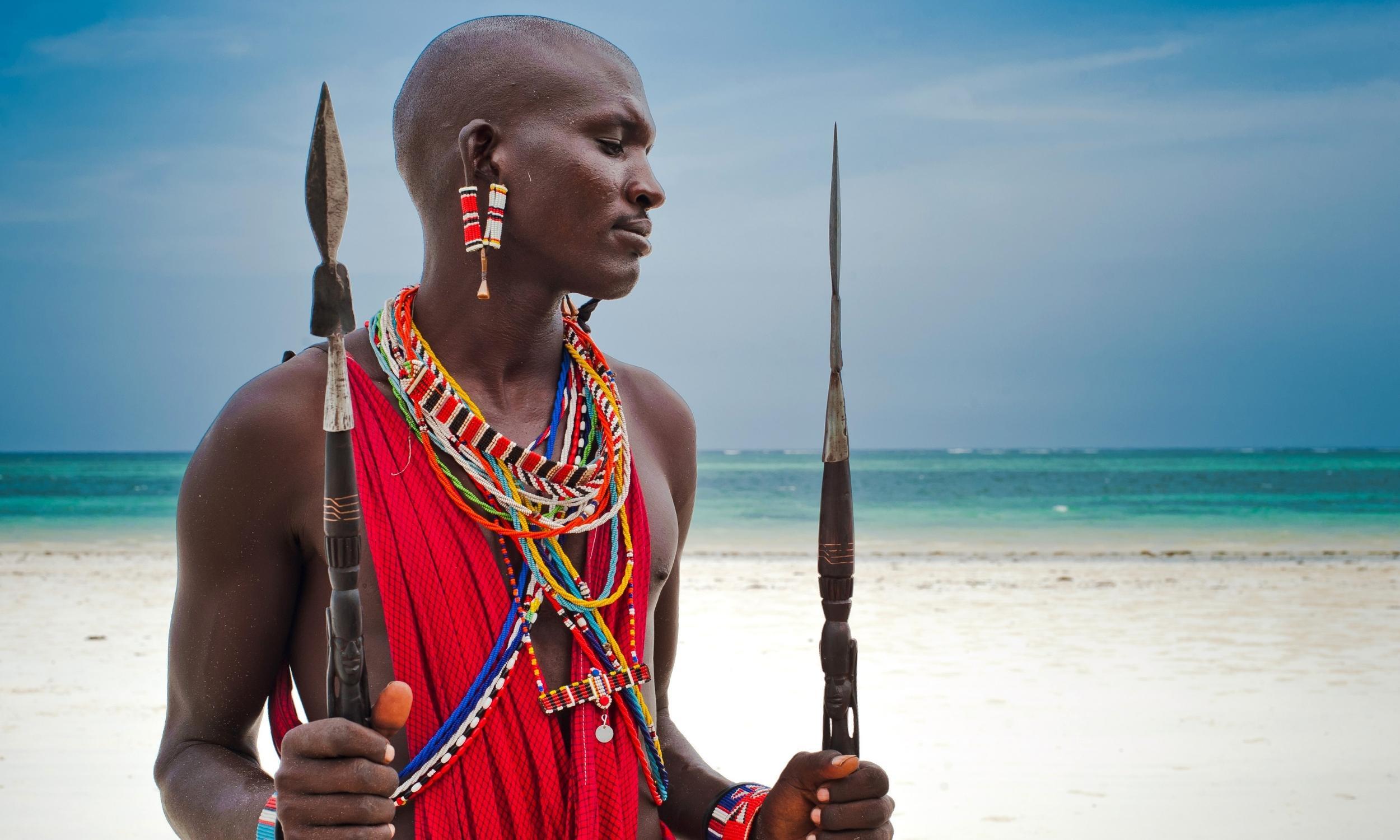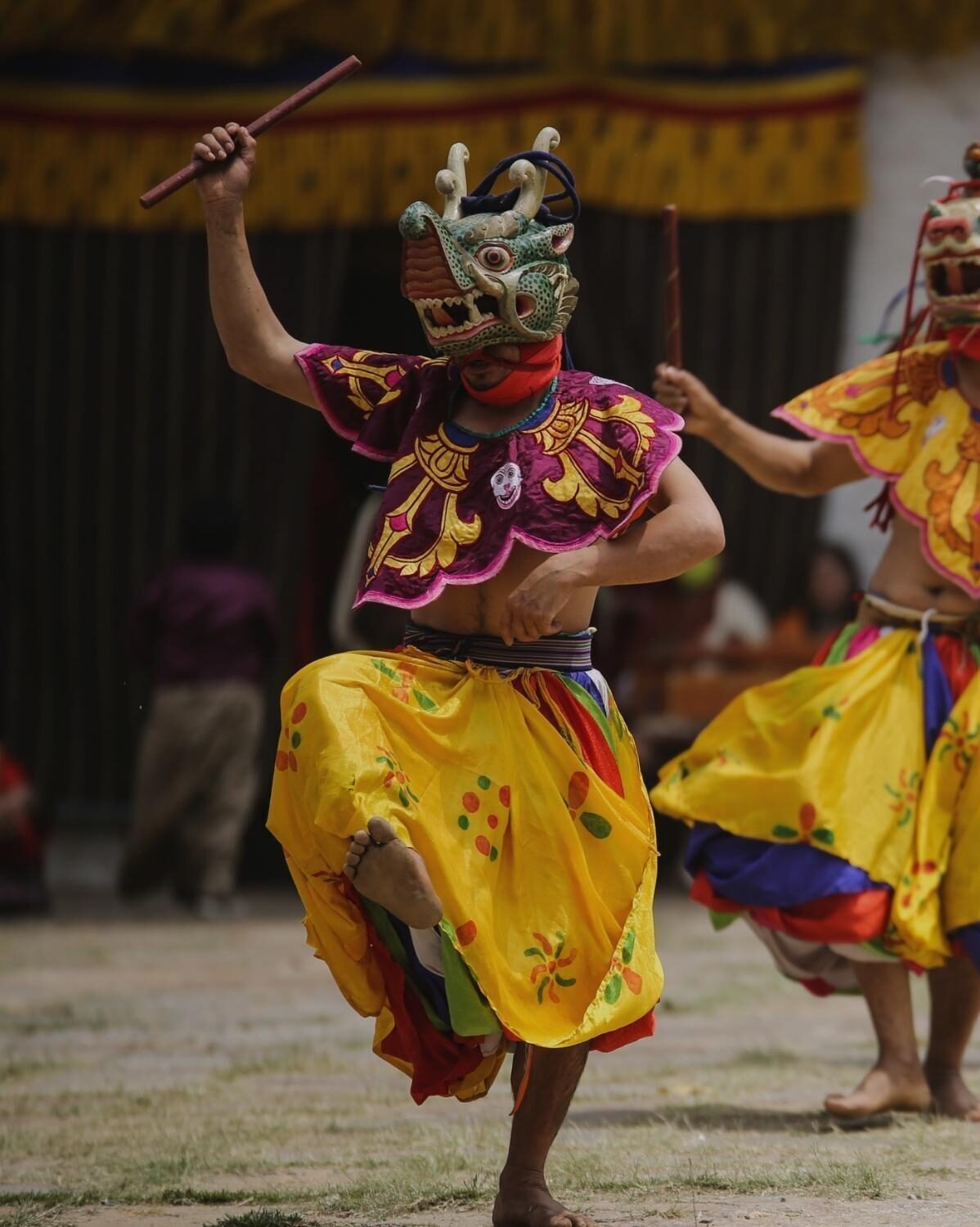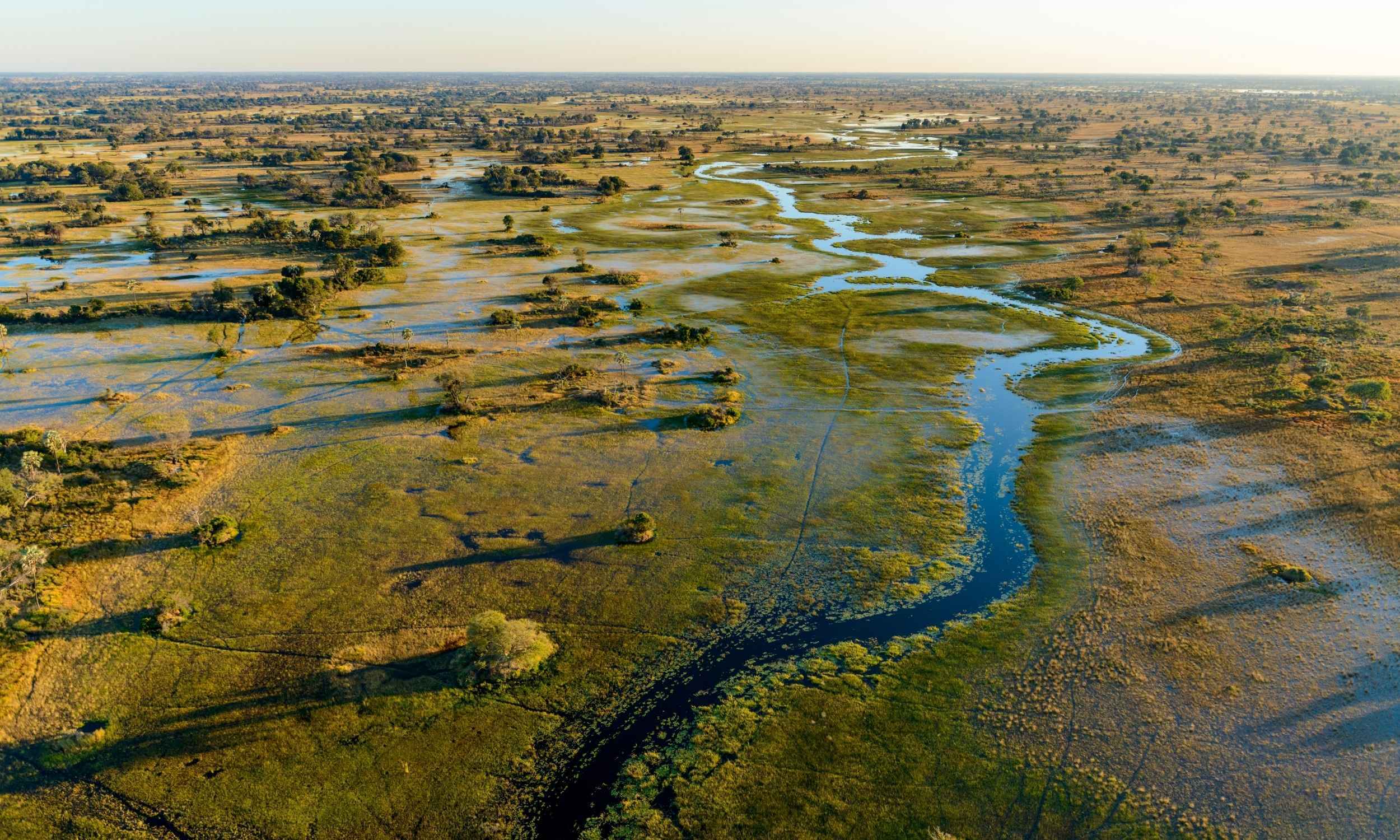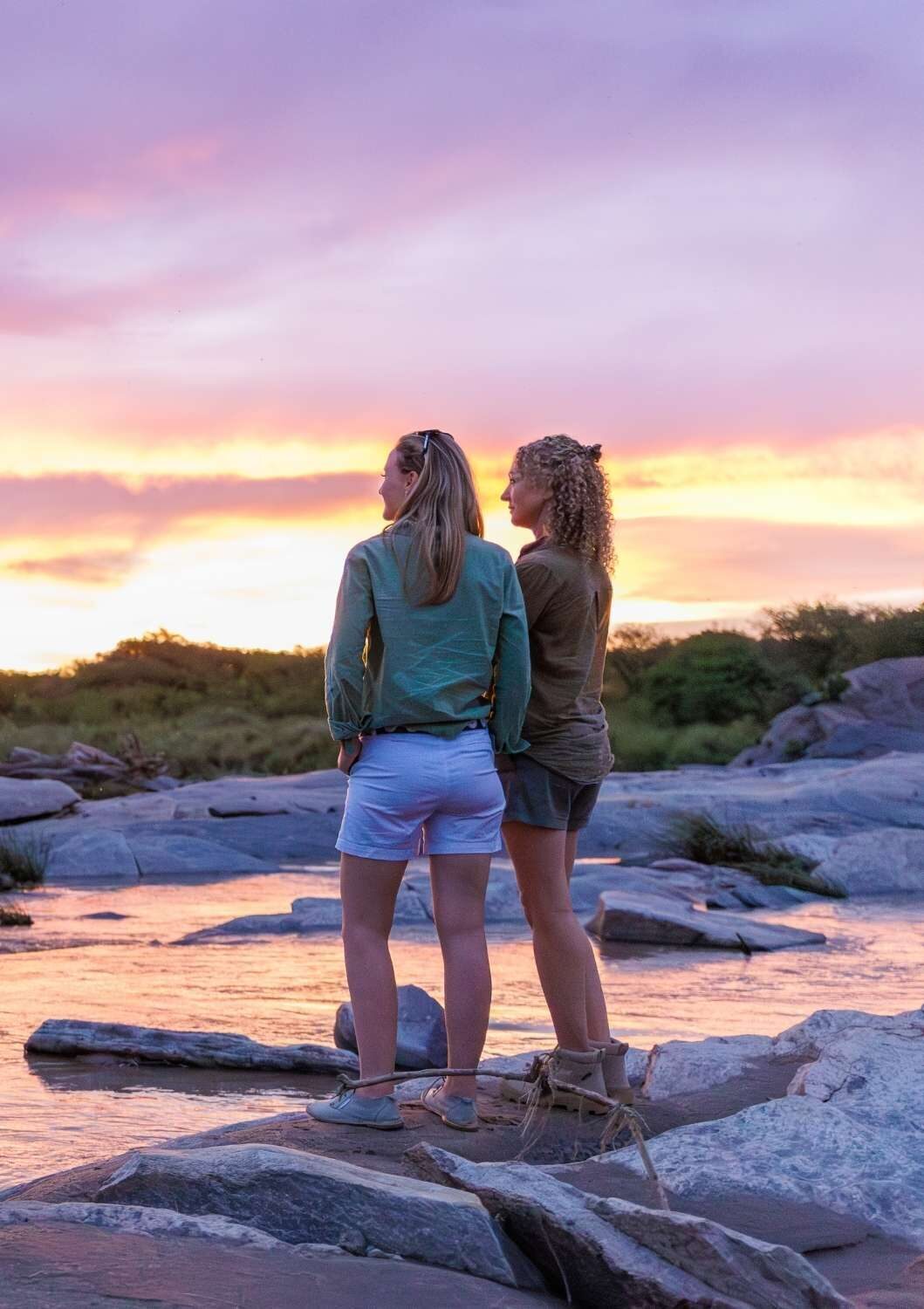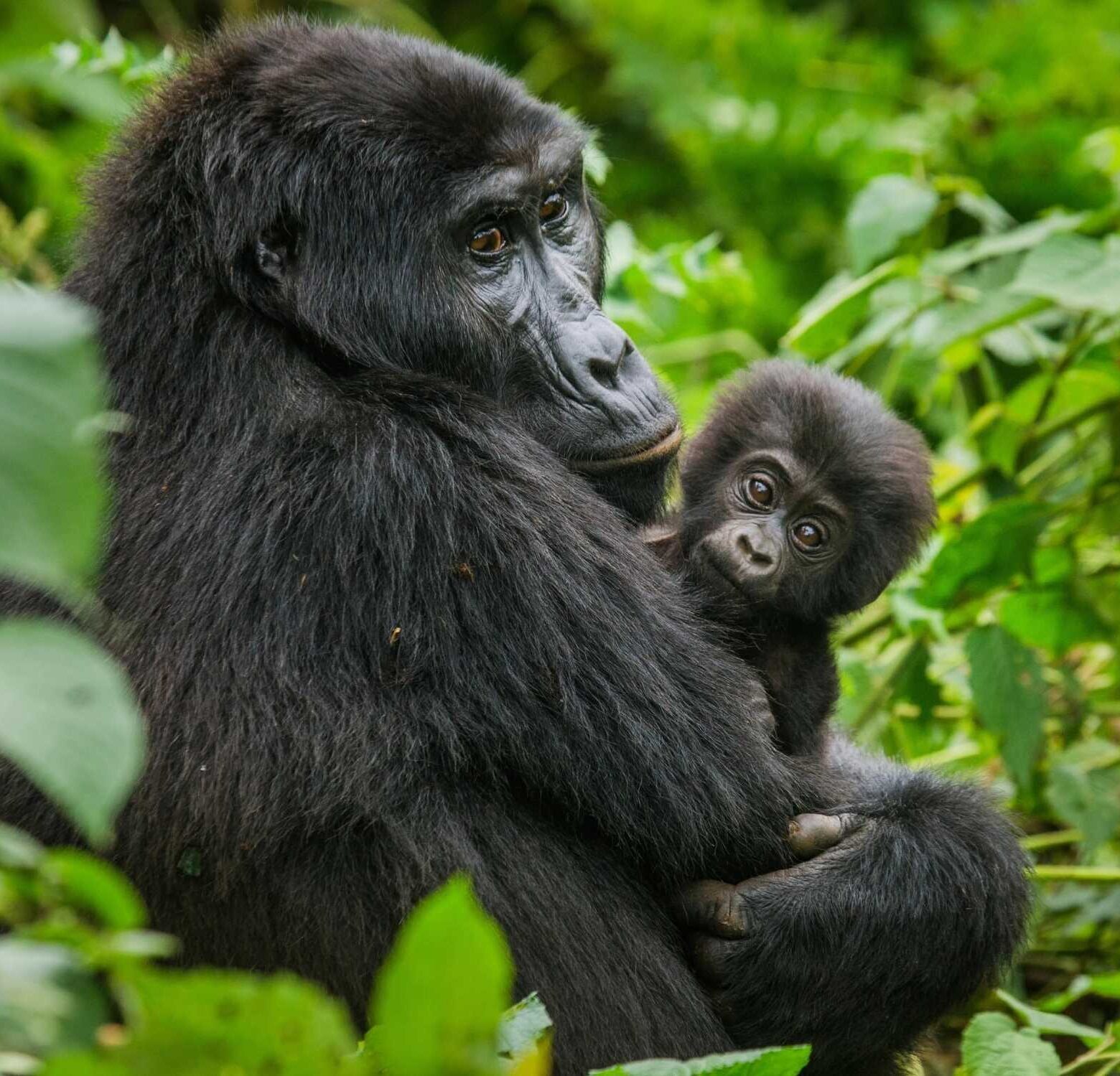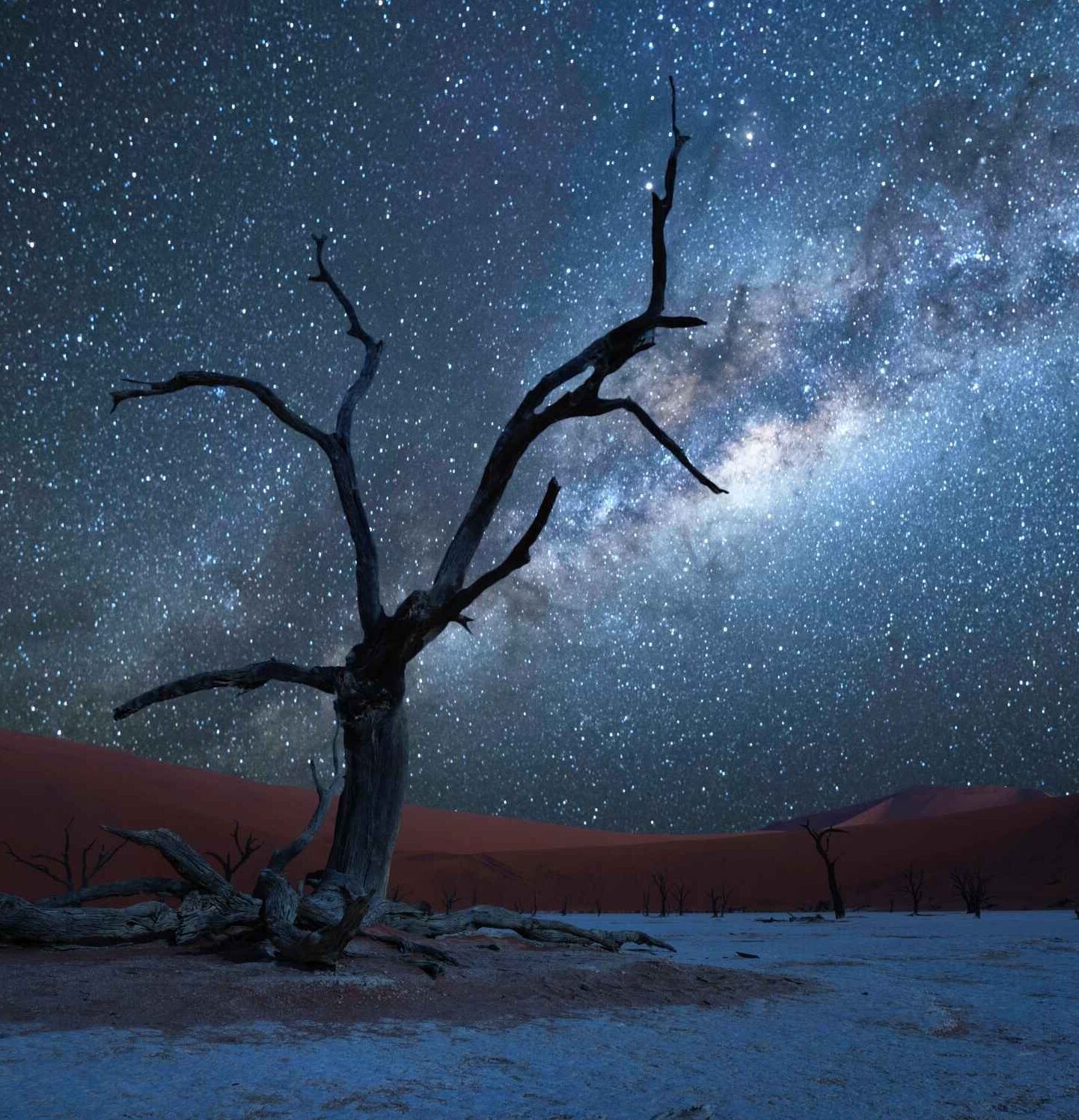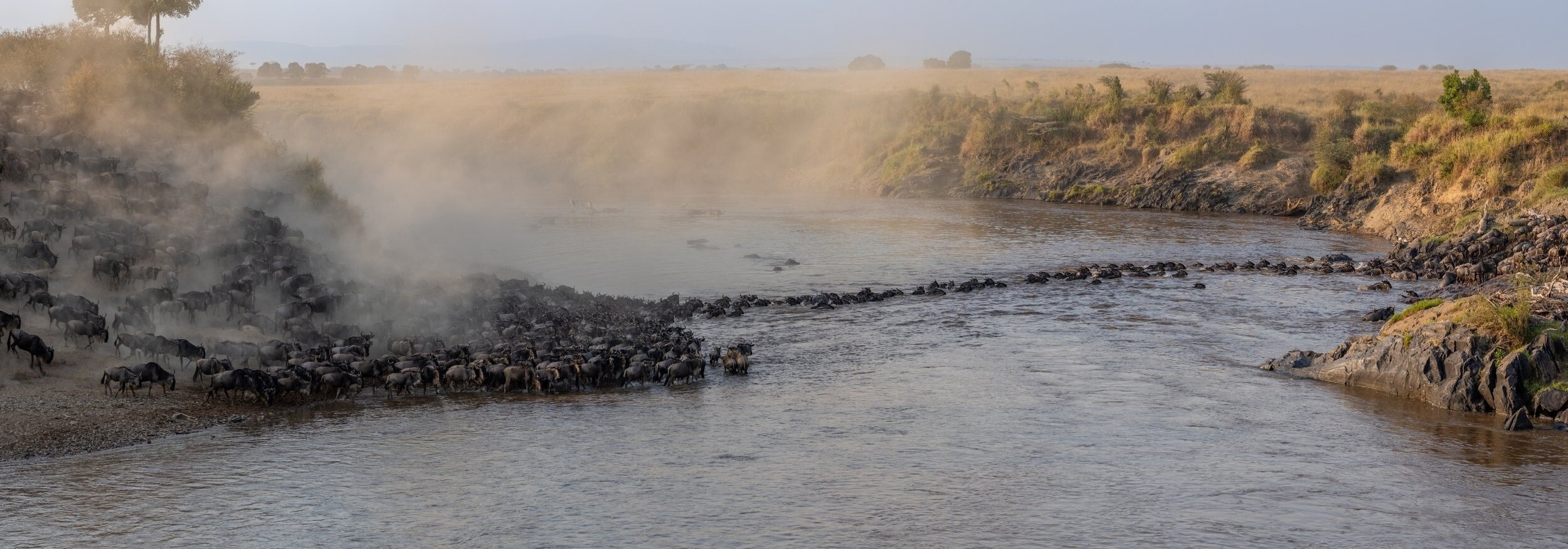
The Great Migration
Africa's Greatest Show
Jump to Sections
- What is the Great Migration?
- When is the Great Migration?
- When is the Best Time to Go on a Great Migration Safari?
- Where to Stay Along the Migration
- Experiences on a Great Migration Safari
- Beyond the Migration
What is the Great Migration?
Often described as the greatest show on Earth, the Great Migration is a continuous, circular journey of more than two million animals across the Serengeti–Mara ecosystem. Wildebeest, joined by hundreds of thousands of zebra, gazelle, eland, and impala, follow ancient migratory routes in search of fresh grazing and water. This movement is instinctual, driven by shifting rain patterns and the promise of green pastures.
This is one of the largest land-based migrations in the world, and one of the last remaining mass terrestrial movements. Each year, the herds cover nearly 1,200 miles (1,930 kilometers), beginning in Tanzania’s southern Serengeti near the Ngorongoro Conservation Area. From here, they move north through the Serengeti, splitting into groups as they navigate the Maswa and Grumeti regions, eventually reaching the Lamai Wedge and the Mara River near the Kenya border. A few cross into the Masai Mara, while many linger along the northern edge of the Serengeti. As the short rains begin in October, they start their return to the south. By December, they arrive once again on the fertile plains near Ndutu, completing the cycle.
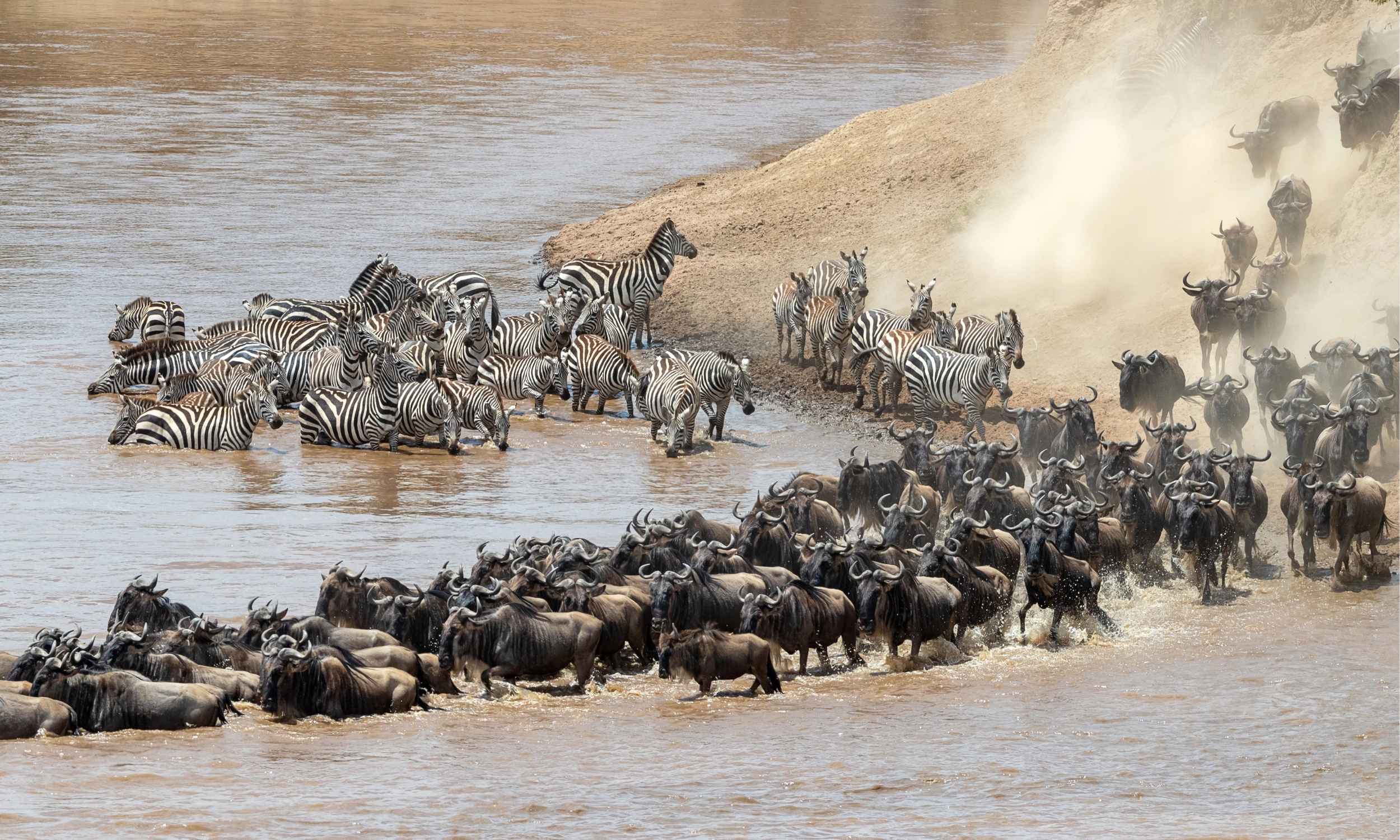
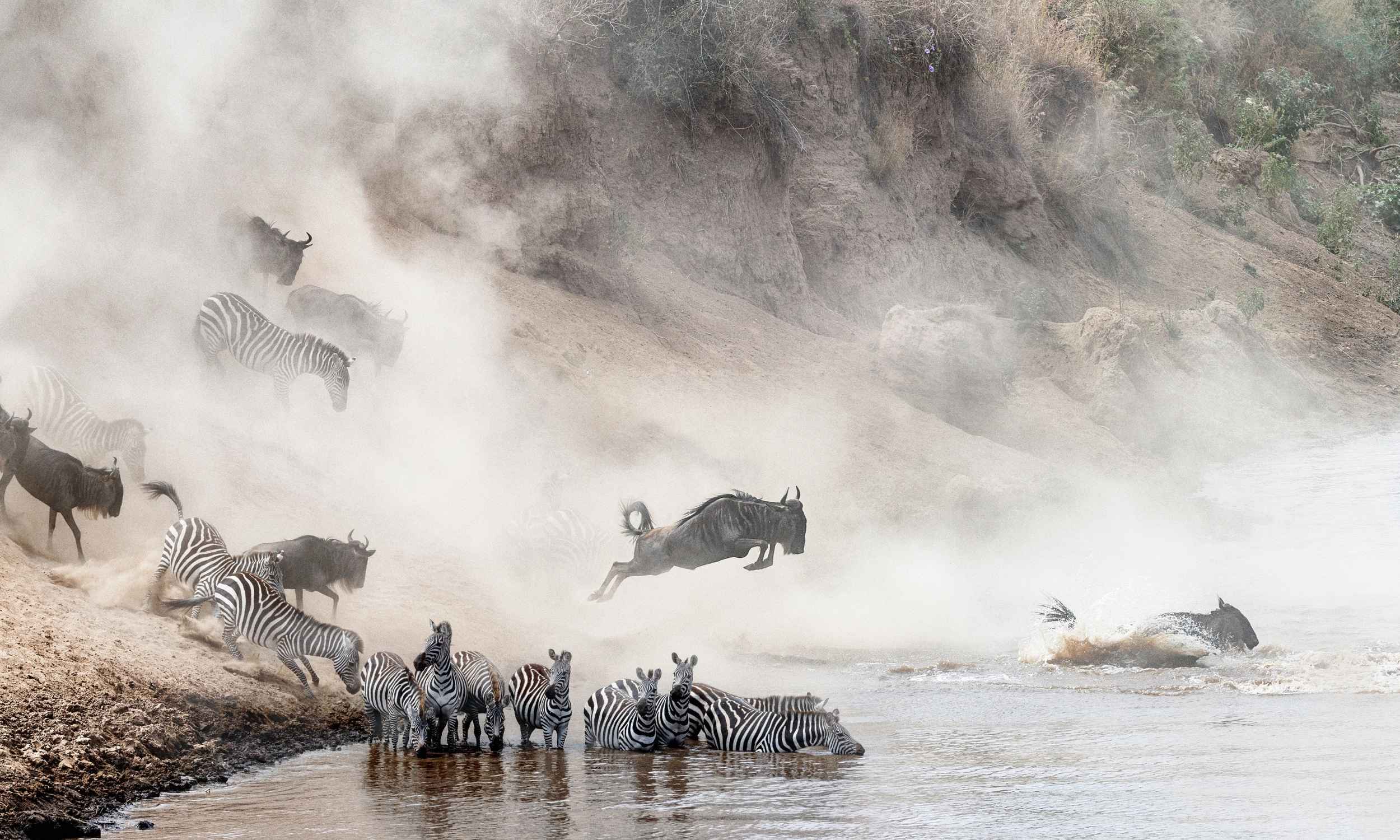
The herds are dense, up to 1,000 animals per square kilometer in peak areas, so dense they can be seen from space. Calves are born in the south. Mating takes place in the center. River crossings define the north, where tension builds and predators wait along the banks. Travel Designer Ruthie Detwiler recalls one of her most memorable migration moments: watching a lion stalk wildebeest poised to cross, a scene that captures the raw truth of the migration. And in between: rest, regrouping, grazing. Every decision is instinctive. When to move. When to pause. When to cross. And where. These moments are shaped by scent and storm clouds, by ancestral memory and the lure of green grass.
When is the Great Migration?
January to March
Southern Serengeti / Ndutu: The Season of Birth
As the new year begins, the herds settle into the southern plains of Tanzania, particularly the short-grass areas around Lake Ndutu and the Ngorongoro Conservation Area. Here, the land is lush with fresh grazing, a result of the short rains that fall from November to December. These grasses are not only ideal for feeding but also for calving, as they are nutrient-rich, open, and well-suited to spotting predators.
By late January and through February, the plains erupt with life. An estimated 400,000 wildebeest calves are born over a span of just a few weeks, often more than 8,000 each day. It is an extraordinary sight, wobbly newborns finding their feet within minutes, mothers fiercely protective, the landscape alive with movement and vulnerability. This moment, raw and sacred, is widely considered the emotional beginning of the Great Migration’s cycle.
The calving season draws the predators. Lions, hyena clans, cheetahs, jackals, and even wild dogs concentrate in the region, drawn by the abundance of prey and the vulnerability of the newborns. The drama that unfolds is visceral. For every life that begins, danger waits nearby. Visitors witness a full circle of existence, from beginnings to endings, playing out across the savannah each hour.
March brings subtle shifts. The herds remain in the region, grazing and growing stronger, but a quiet restlessness begins to build. The rains taper off, grasses begin to dry, and instinct stirs the herds northward. The next chapter, the incredible journey to the Grumeti, is about to start.
For travelers, this is one of the most captivating times to be in the Serengeti. The light is soft, the wildlife density is extraordinary, and the experiences are as intimate as they are dramatic.
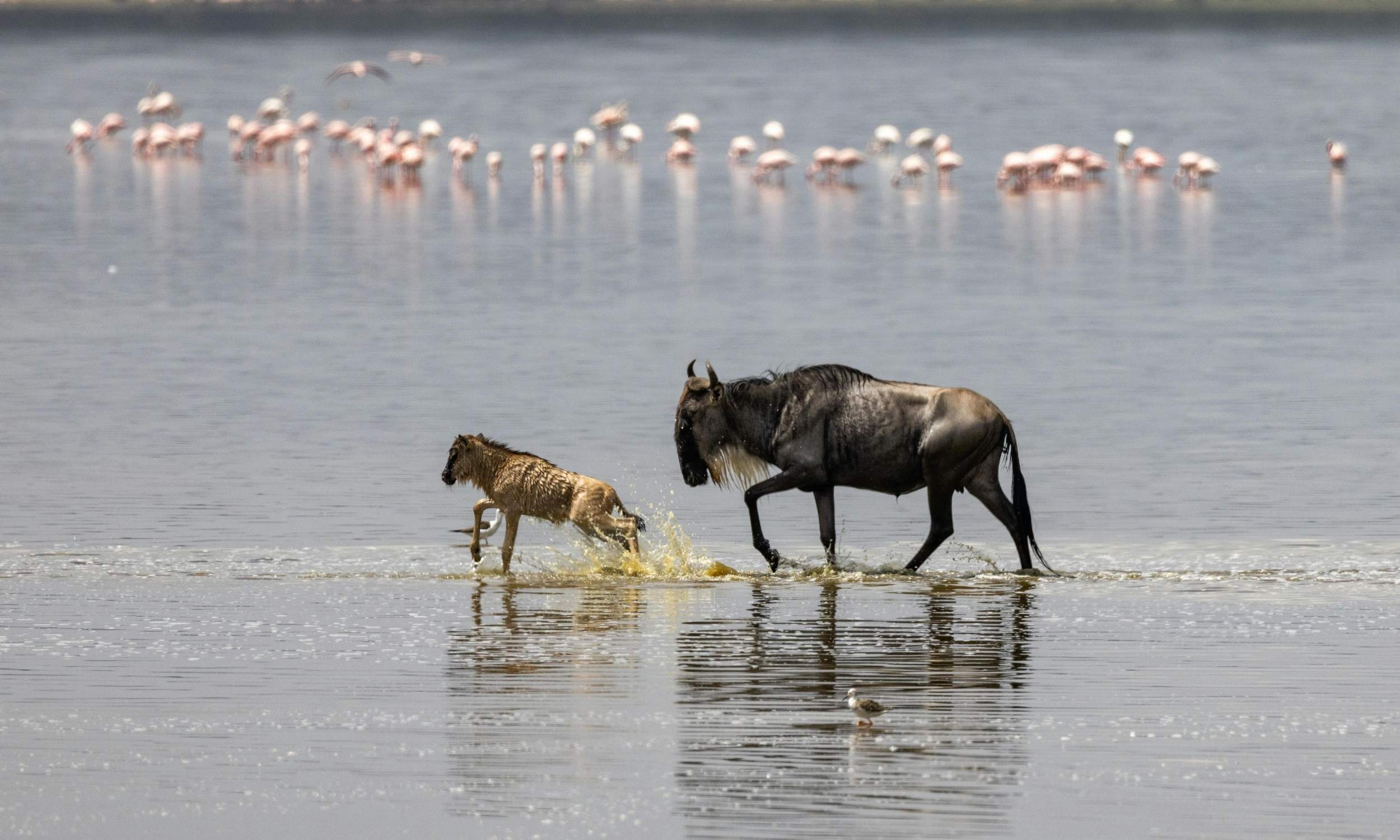
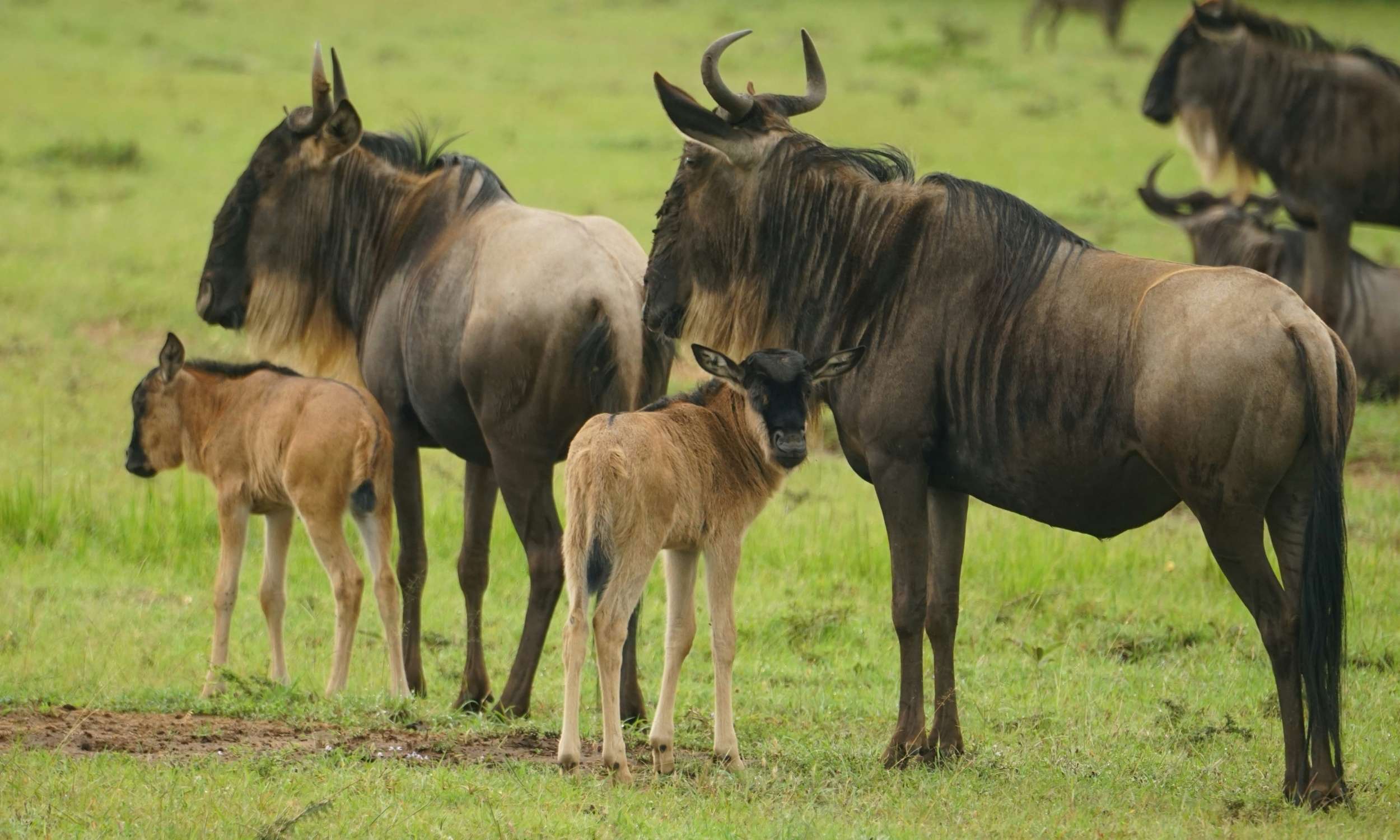
April to June
The Journey North
As April unfolds, the landscape begins to dry. The lush pastures that nourished newborn calves just weeks before begin to thin, and the herds respond. Wildebeest, zebra, and gazelle begin a slow but steady northwesterly drift toward the central Serengeti. Around the Moru and Simba Kopjes, movement is scattered at first. However, the herds grow in density, forming long, snaking columns that stretch across the horizon.
This is the beginning of the rut, the wildebeest mating season. The air carries a different kind of energy. Male wildebeest clash in loud, dusty displays of dominance, their horns locking in primal tests of strength. The rut brings a brief pause in the forward momentum. The herds linger, graze, mate, and prepare for the next season.
May brings greater cohesion. The herds grow more unified, often forming columns that extend for up to 40 kilometers. They feed as they travel, moving steadily through the central Serengeti and into the western corridor. The wildlife density remains exceptional, but tourist numbers are lower. This is one of the most rewarding times to experience the migration for those who prefer quieter sightings and softer light.
By June, the herds gather along the banks of the Grumeti River. This is the first major water crossing of their journey north, and although less photographed than the Mara River crossings to come, the tension here is no less real. The river’s pools and channels are home to some of Africa’s largest crocodiles. Herds gather, hesitate, and then, driven by instinct and the pressure of those behind, they plunge forward.
The western corridor is where the migration’s pace quickens. It marks the transition from the intimacy of the calving season to the growing urgency of survival. For travelers, this is an extraordinary window. Fewer crowds, striking landscapes, and an unfolding of behavior that is as unpredictable as it is unforgettable.
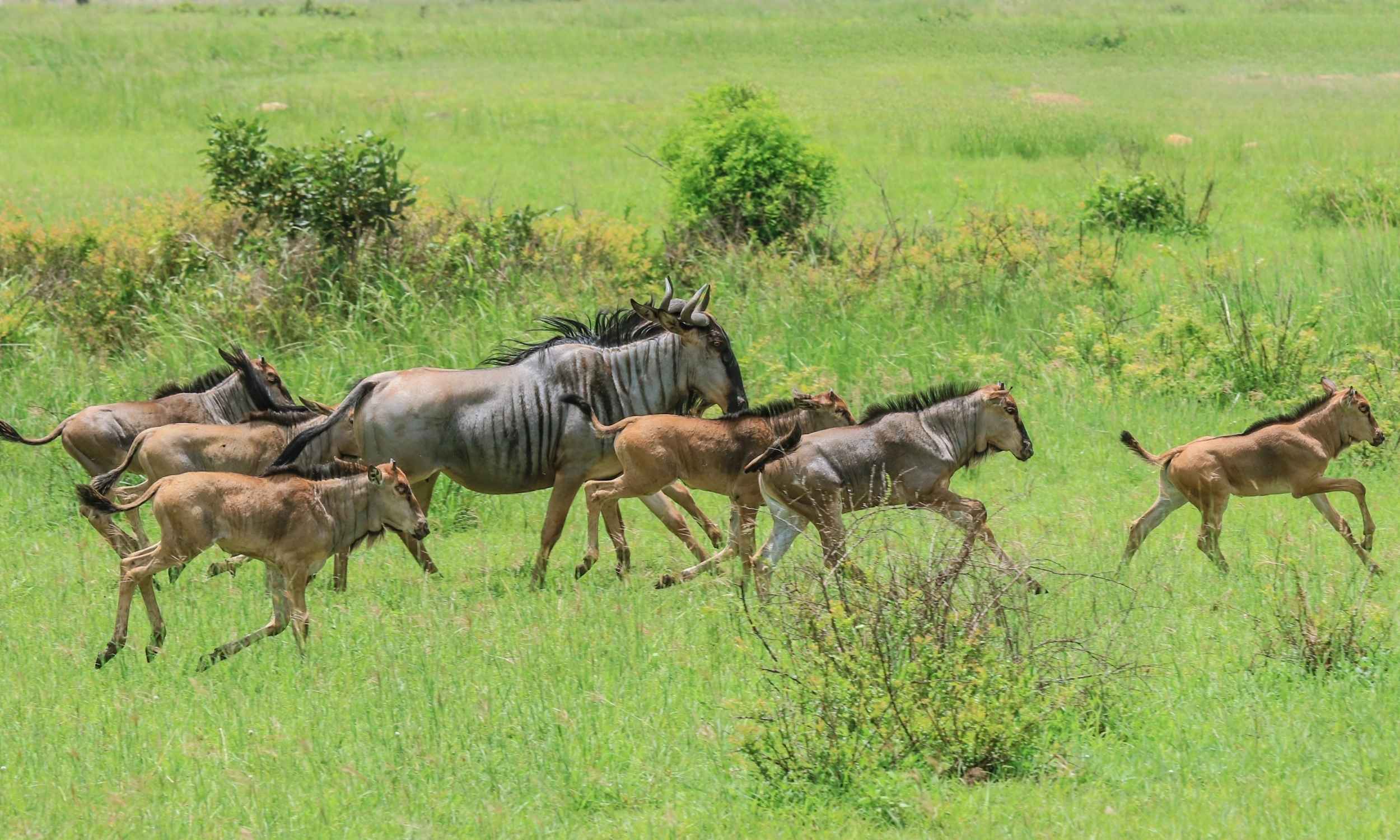
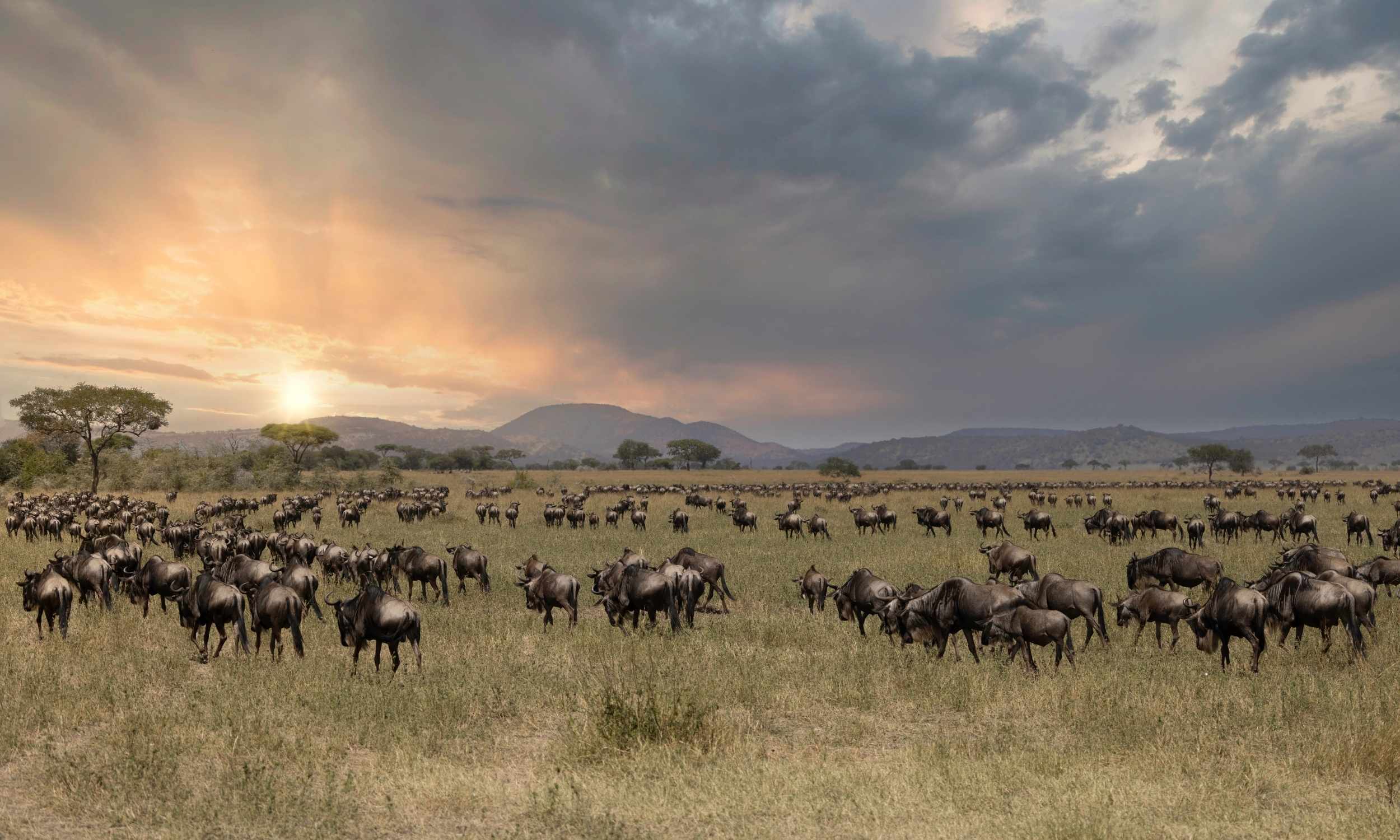
July to October
Masai Mara and Northern Serengeti: The River Crossings
July signals the height of the migration, a convergence of drama, tension, and instinct. By now, the herds have made their way north along the western corridor and are approaching the Mara River. This is one of the most breathtaking and nerve-wracking stages of their journey. Thousands of wildebeest, accompanied by zebra and gazelle, gather along the riverbanks, pacing and hesitating. The pressure builds until one brave soul leaps, and the floodgates open. A churning wave of animals throws itself into the current. Crocodiles lie in wait. Some make it. Others don’t.
These river crossings, often seen in July and August, are among the most sought-after wildlife spectacles on earth. They occur at several points along the river, some dramatic, others quieter, but all laced with the same primal urgency. In a good year, multiple crossings can happen in a single day. At other times, days pass in silence, the herds locked in a standoff with the water.
By August, many herds have made their way into Kenya’s Masai Mara. Others remain in the northern Serengeti, grazing and recovering from the crossing. The Masai Mara is smaller than the Serengeti, but it is dense with wildlife. Predators, already numerous, capitalize on the herds’ vulnerability. Lions wait in the brush. Cheetahs scan from the hills. Hyenas prowl.
In September, the frenetic energy begins to soften. The migration breaks into smaller groups. Some wildebeest remain in the Mara; others linger in the Serengeti’s north. The mega-herds have dispersed, but drama continues in quieter pockets. The plains are still alive with movement and encounters.
By October, a subtle shift begins. The herds, attuned to changes in the wind and clouds, start to prepare for the return south. They’ll cross the Mara River once more, some at new points, others retracing old paths. It’s a second chance to witness the drama of the river, another test of instinct, pressure, and survival. All the while, short rains begin to moisten the southern plains again, setting the stage for the next chapter.
For travelers, this season offers the most iconic scenes, river crossings, predator action, and sweeping vistas full of dust and life. But it also demands patience. Nature provides no schedule, only opportunity.
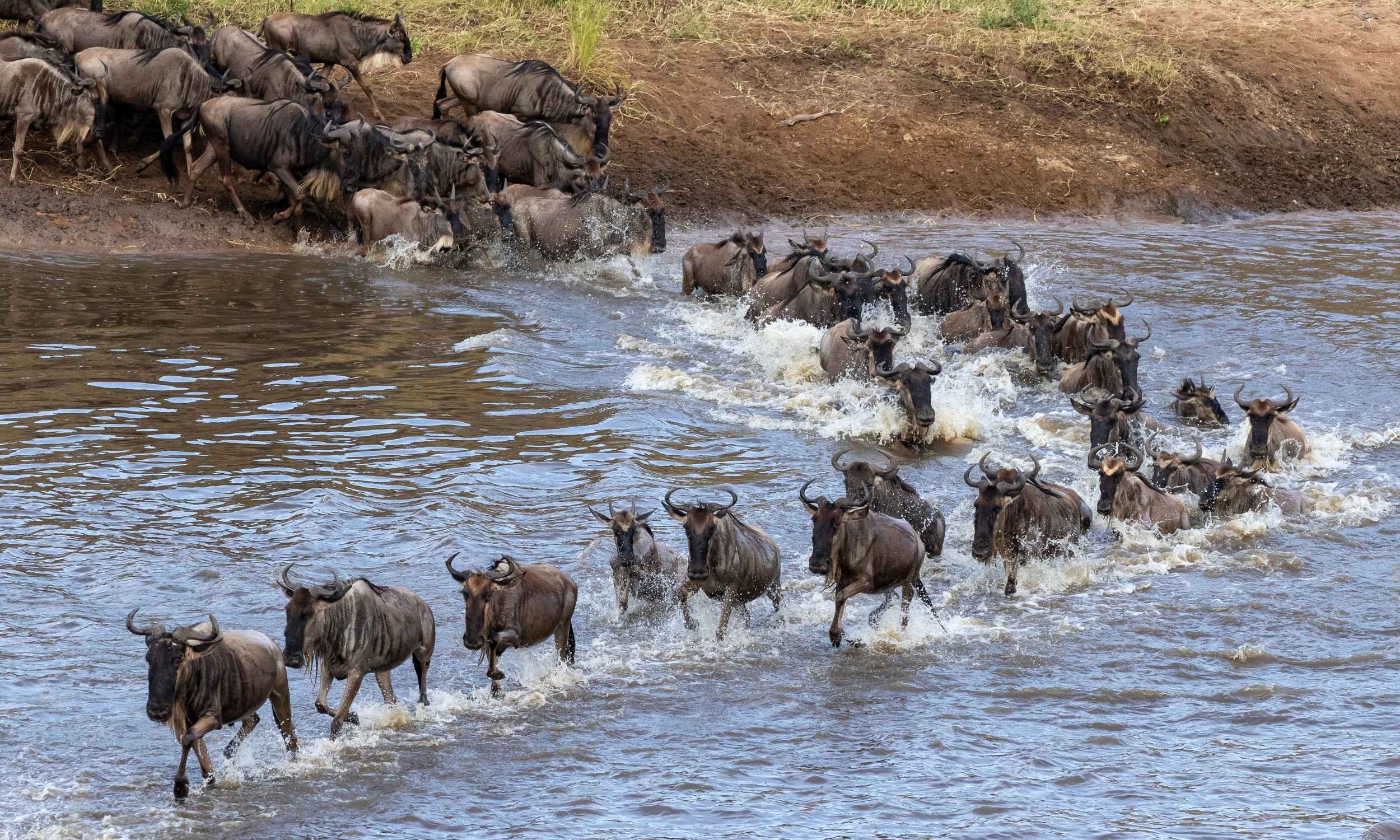
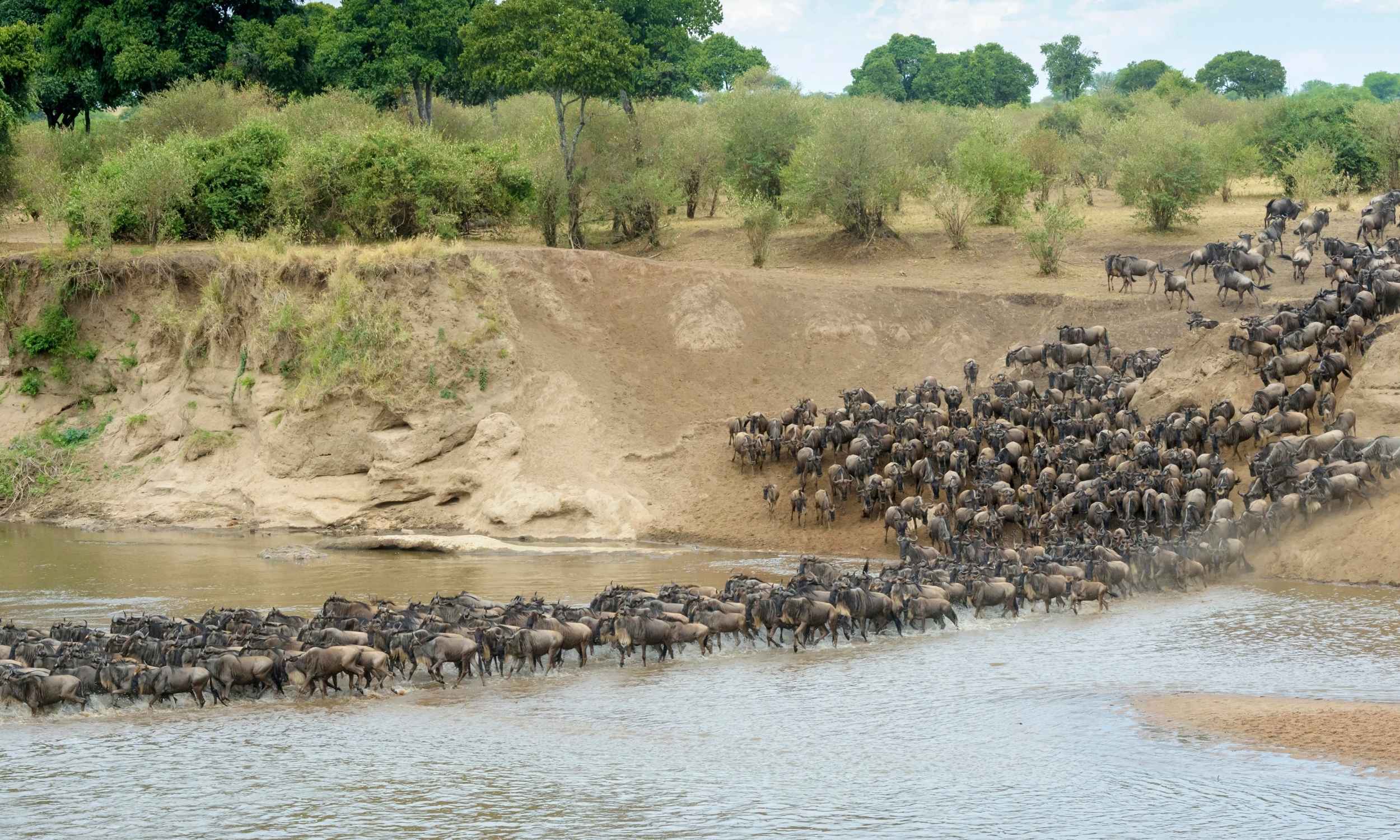
November to December
The Southern Return
With the arrival of the short rains in late October and early November, the herds begin their long journey southward from Kenya’s Masai Mara back into Tanzania. The parched plains of the Serengeti slowly transform into a carpet of green, drawing the herds from the north and inviting them home. This is a season of movement and anticipation, as the migration resets for a new cycle.
In November, the wildebeest are typically on the move, often seen in the northeastern Serengeti near the Namiri Plains, a region known for exceptional cheetah sightings. The herds split into smaller groups as they travel, pausing at water sources and fanning out across newly nourished landscapes. The air is cooler after the rains, the light is softer, and the game viewing is more intimate. Though river crossings are behind them, the movement is still remarkable.
By December, the herds are more concentrated in the southern Serengeti and the plains near Lake Ndutu. They are building strength, grazing steadily, and preparing for what’s to come. The calves are not yet born, but the females are heavily pregnant, and there’s an energy rising across the grasslands.
For travelers, this season is a peaceful and visually lush one. It’s an ideal time for photographers and those who appreciate quieter moments in nature. The drama of the crossings may be absent, but the anticipation of life to come brings its own sense of wonder. Soon, the plains will erupt again with new life, and the Great Migration will begin anew.
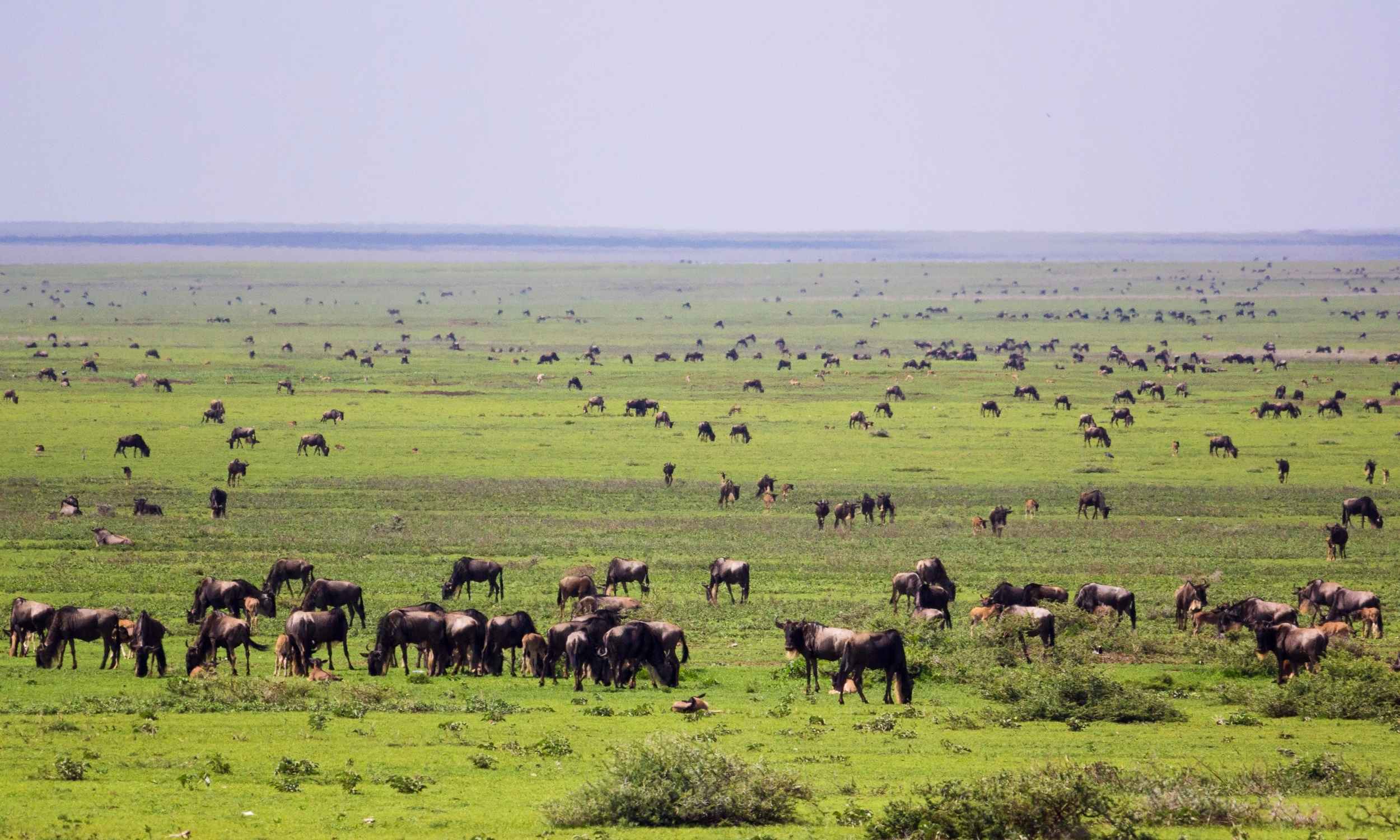
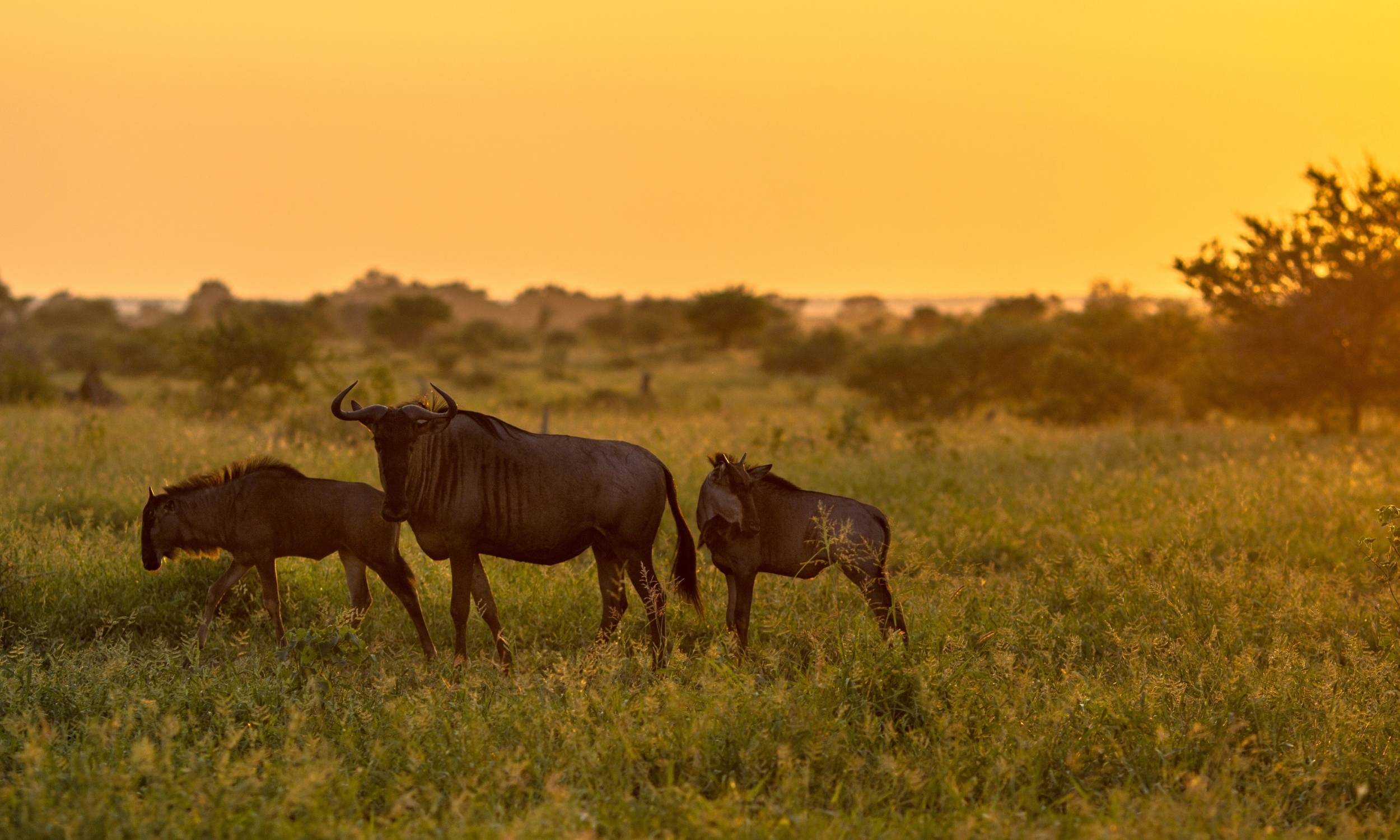
When is the Best Time to Go on a Great Migration Safari?
That depends on what you want to see. From newborn calves taking their first steps to dramatic river crossings swarming with crocodiles, each chapter of the migration has its own character, and each appeals to a different kind of traveler.
Here’s a quick breakdown of what to expect throughout the year:
Calving Season (February to March)
Head to the southern Serengeti and Ndutu region to witness one of the most emotional and dramatic stages of the migration. This is when more than 400,000 calves are born in a matter of weeks. The grass is rich, the predators are near, and the energy on the plains is unlike any other time of year.
Rutting Season (April to May)
In the central and western Serengeti, wildebeest mating season turns the landscape into a stage for dominance battles and noisy encounters. Males fight for the right to mate, often while the herds continue their slow journey northward.
Grumeti River Crossings (May to June)
The first major obstacle of the migration appears in the form of the crocodile-filled Grumeti River. While not as dramatic as the Mara crossings, these scenes are still charged with tension. It’s a quieter, more intimate way to experience the drama of a water crossing.
Mara River Crossings (July to August)
The legendary crossings happen in the northern Serengeti and into Kenya’s Masai Mara. Thousands of wildebeest plunge into the fast-moving waters while crocodiles wait below and big cats patrol the banks. This is the most iconic chapter of the migration, and also the most unpredictable.
On the Move (November to January)
After the drama of the crossings, the herds begin their journey south again. They move through the northeastern Serengeti and Namiri Plains, heading toward the rich grasslands near Ndutu. It’s a beautiful time to see the migration in motion, scattered herds, golden light, and quieter sightings.
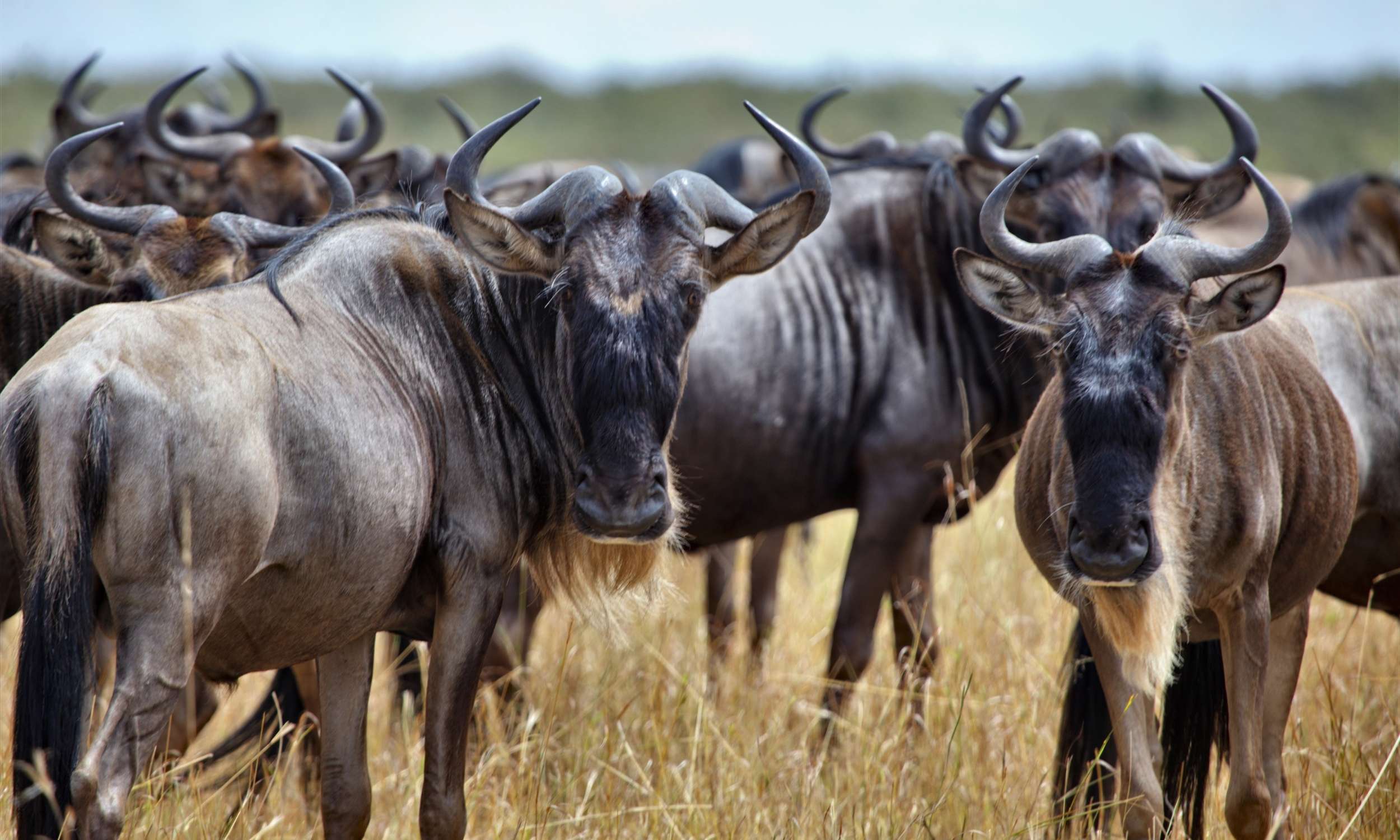
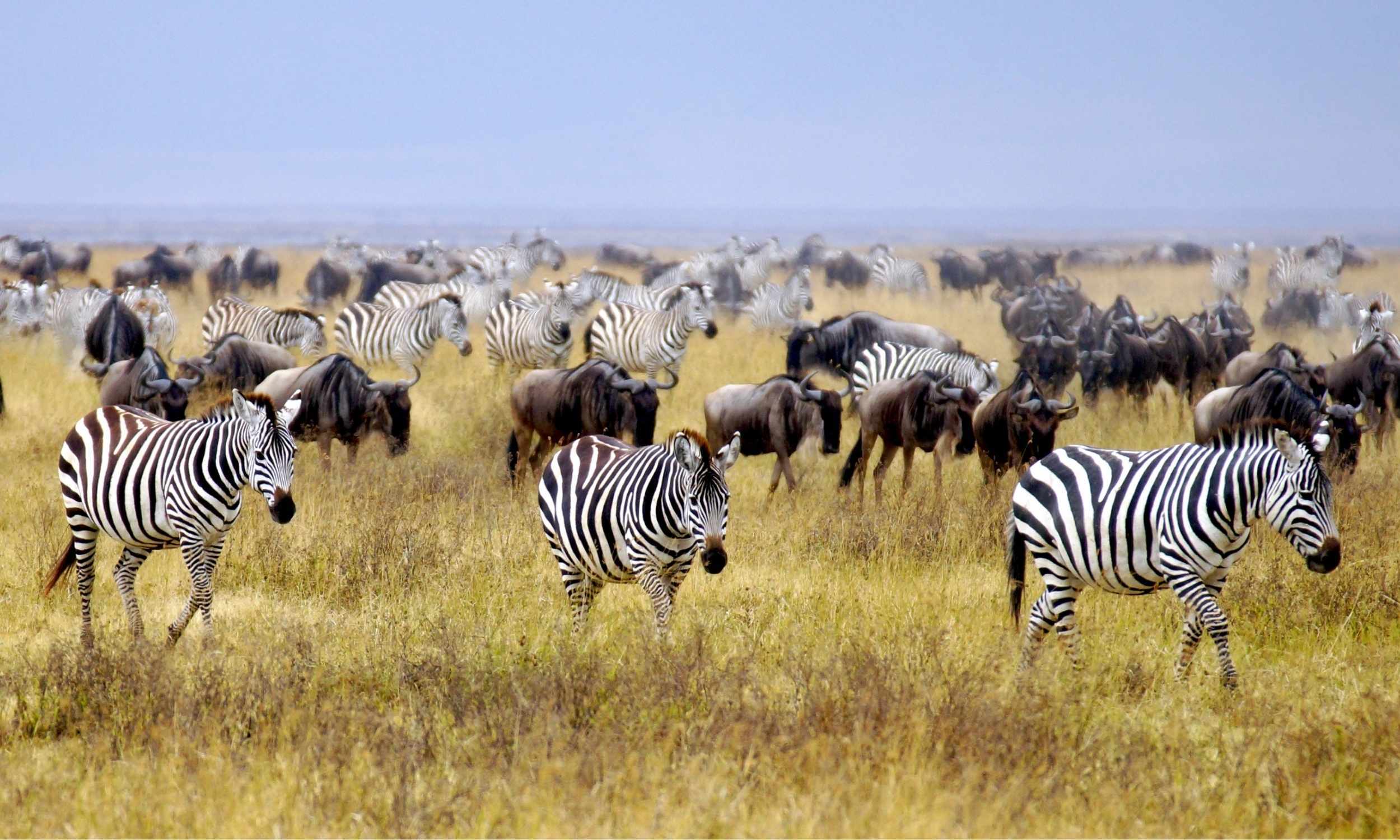
Where to Stay Along the Migration
We hand-select every property we offer. Our Travel Designers visit the camps and lodges in person to ensure they meet our standards of experience, access, and elegance. The following two properties are highlighted to illustrate the different styles of accommodation available during the Great Migration, each offering a unique way to experience this remarkable journey.
Serengeti Safari Camp
Mobile Camp, Tanzania
This is safari in motion. Serengeti Safari Camp was the first mobile camp of its kind in the Serengeti, designed specifically to follow the wildebeest through their annual migration. Every few months, the camp relocates, not during your stay, mirroring the movements of the herds across the plains. Its purpose is simple: to place guests right where the action is, not observing from a distance but enveloped in the migration itself.
This is a camp defined by intention. It is comfortable in every way that matters. Every tent is handmade in Tanzania, crafted by Baadiye, a master tentmaker who has worked with the camp since the beginning. Interiors are elegant and straightforward, allowing the focus to stay where it belongs, on the surrounding wilderness.
What makes Serengeti Safari Camp remarkable is its rhythm. It moves with the herds, yes, but it also holds a deeper kind of movement. It’s a place of quiet thrill, where every game drive feels personal, and every sunrise feels earned.
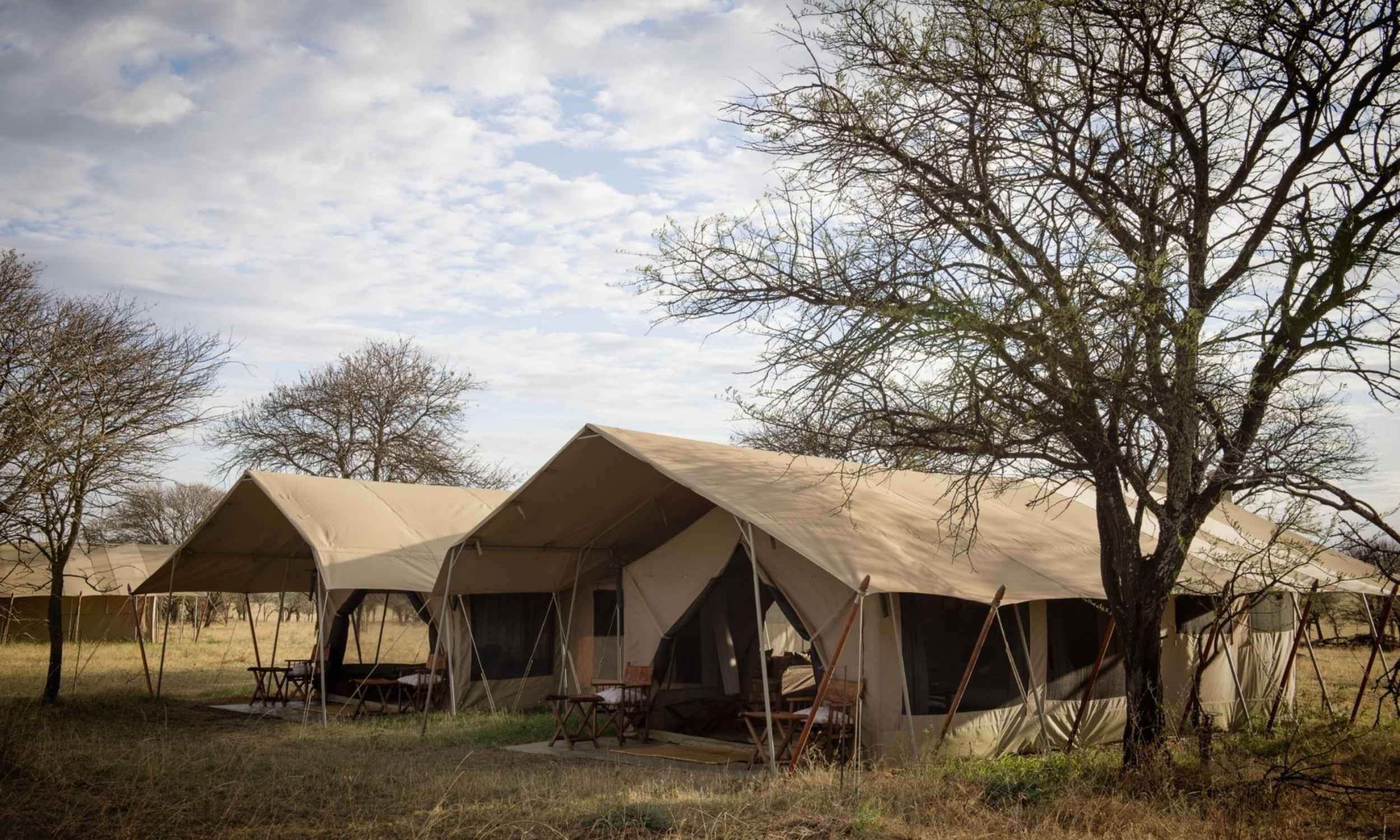
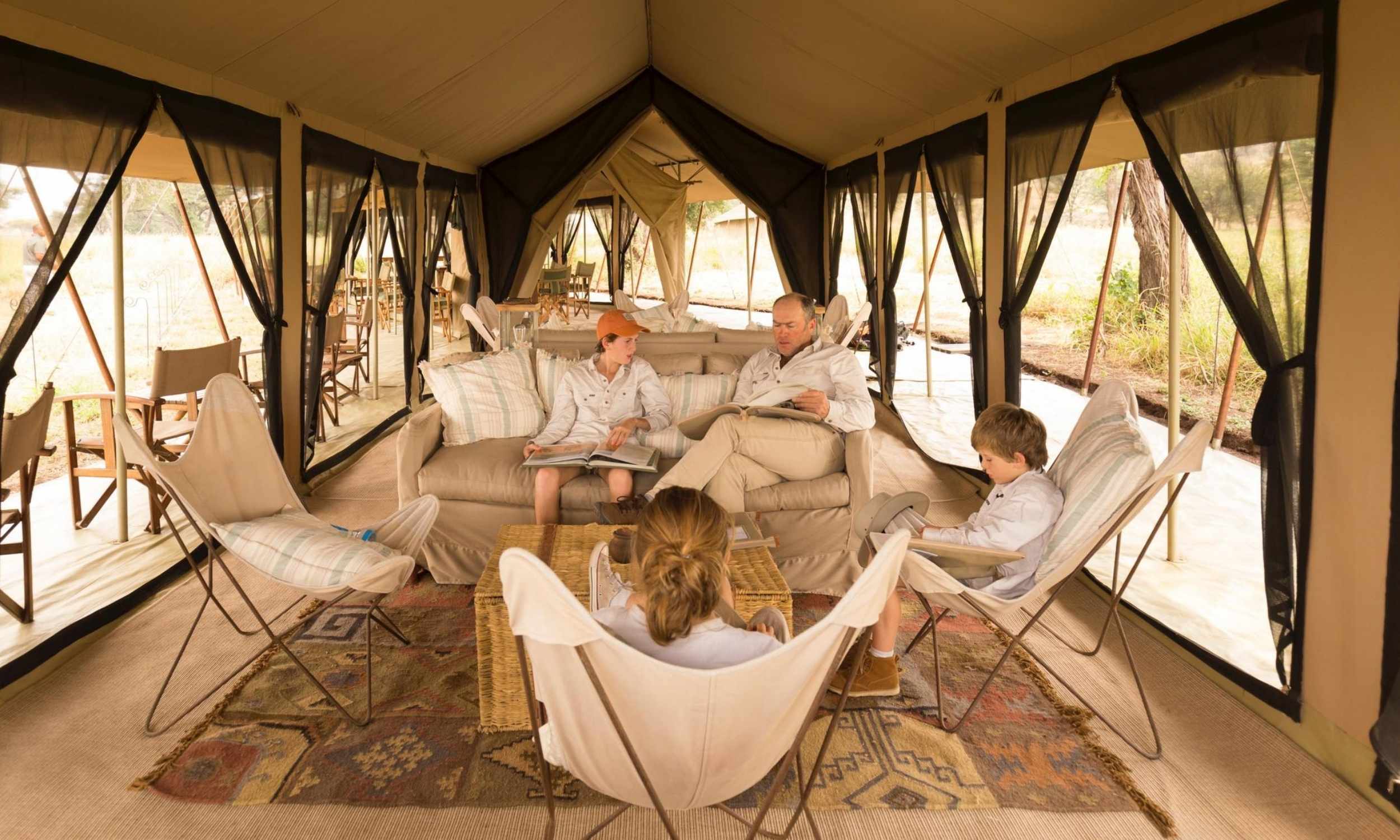
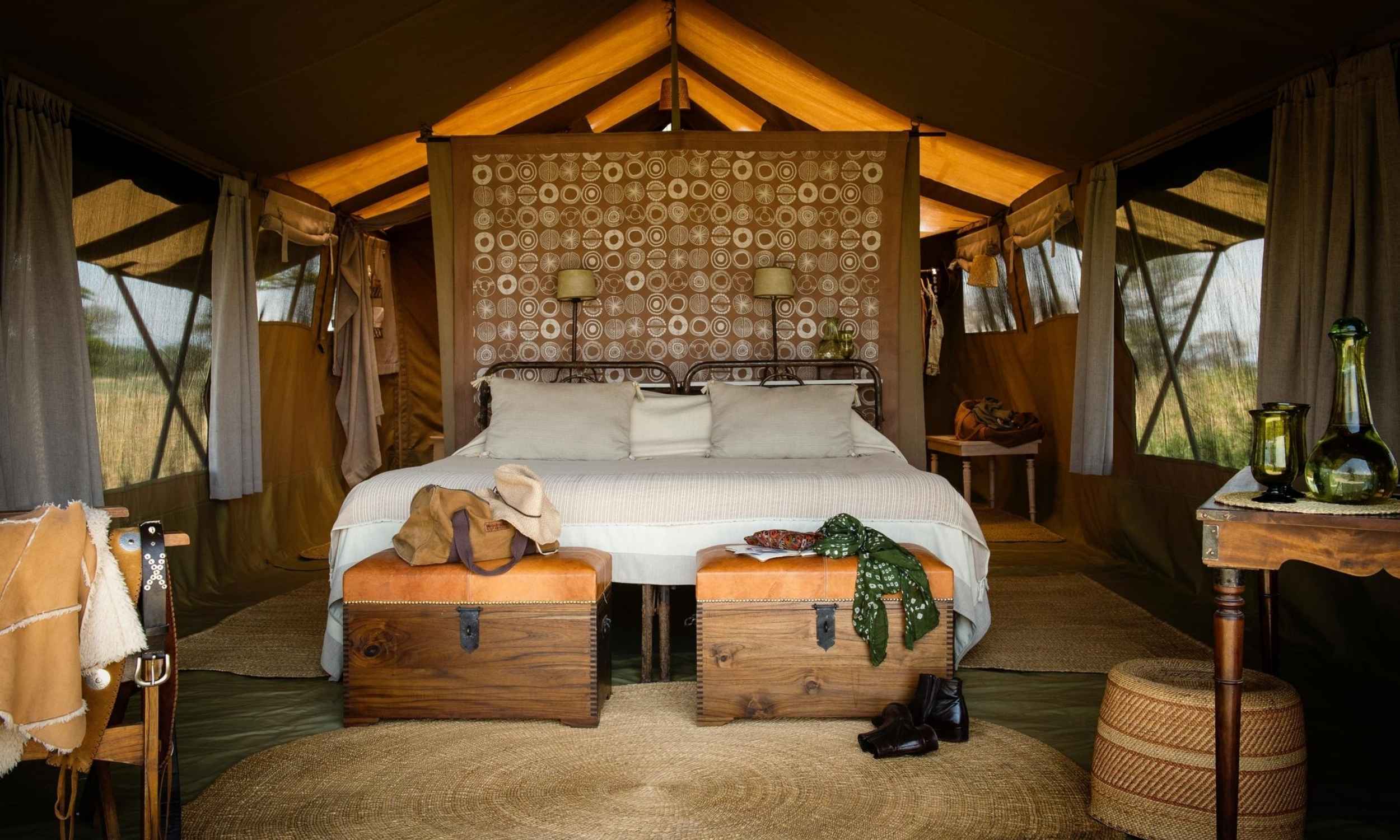
Mara Explorer
Permanent Camp, Masai Mara, Kenya
Tucked into a bend of the Talek River, Mara Explorer feels woven into the very fabric of the Masai Mara. This permanent camp is situated at the confluence of four key game-viewing regions, providing guests with near-perfect access to wildlife activity throughout the year, including direct views of the Great Migration as it passes through.
From your private deck, elephants, hippos, and grazing antelope are often within sight. Each of the camp’s exclusive tents faces the river, offering unfiltered views of wildlife along the Talek’s southern banks. The design is elegantly nostalgic, with canvas walls that open wide to the bush, dark-wood furnishings, and antique accents that recall a golden age of safari.
The camp’s location allows for excellent game viewing, often from your tent, while its proximity to river crossing points makes it a favorite during migration months. Birding here is also superb, with dozens of species sighted along the water’s edge.
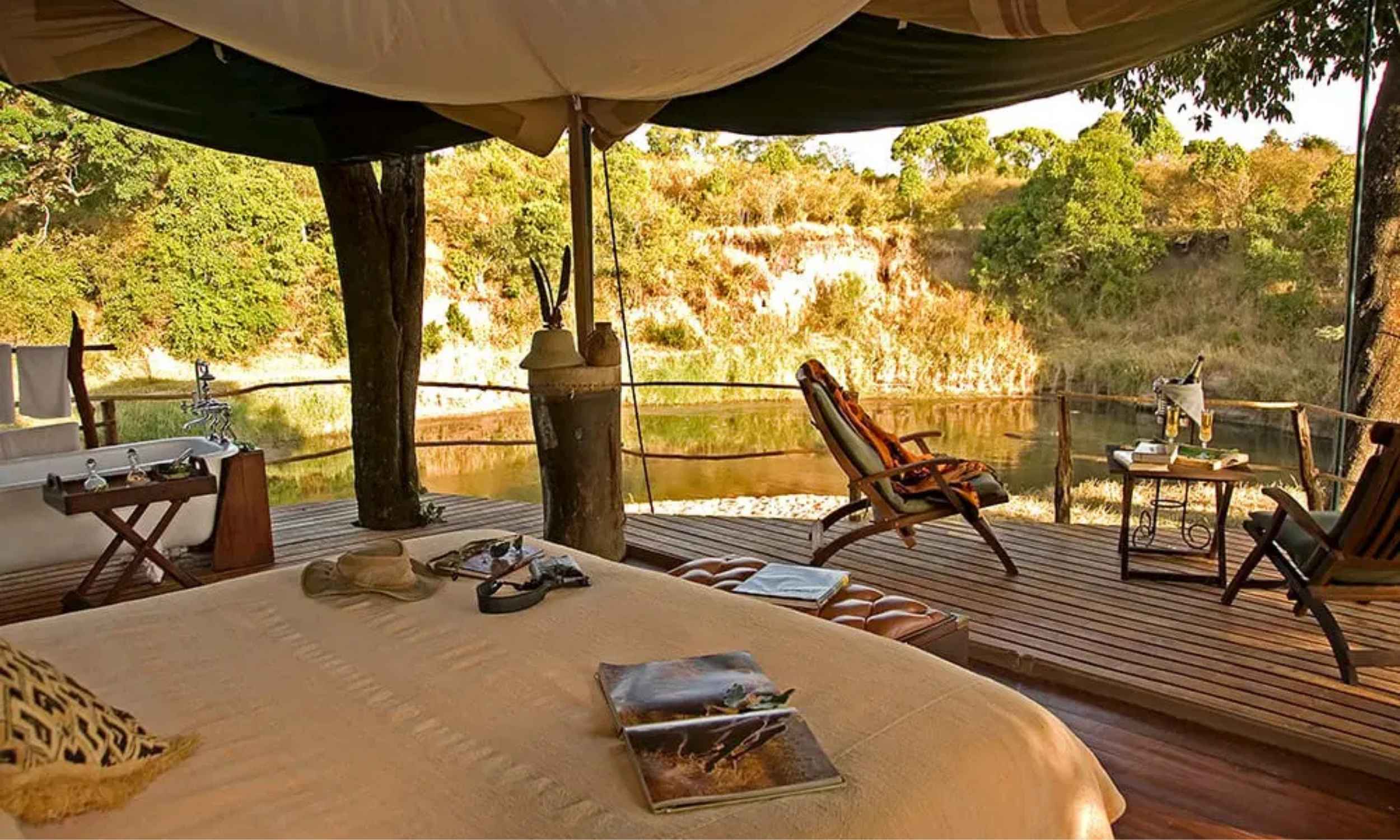

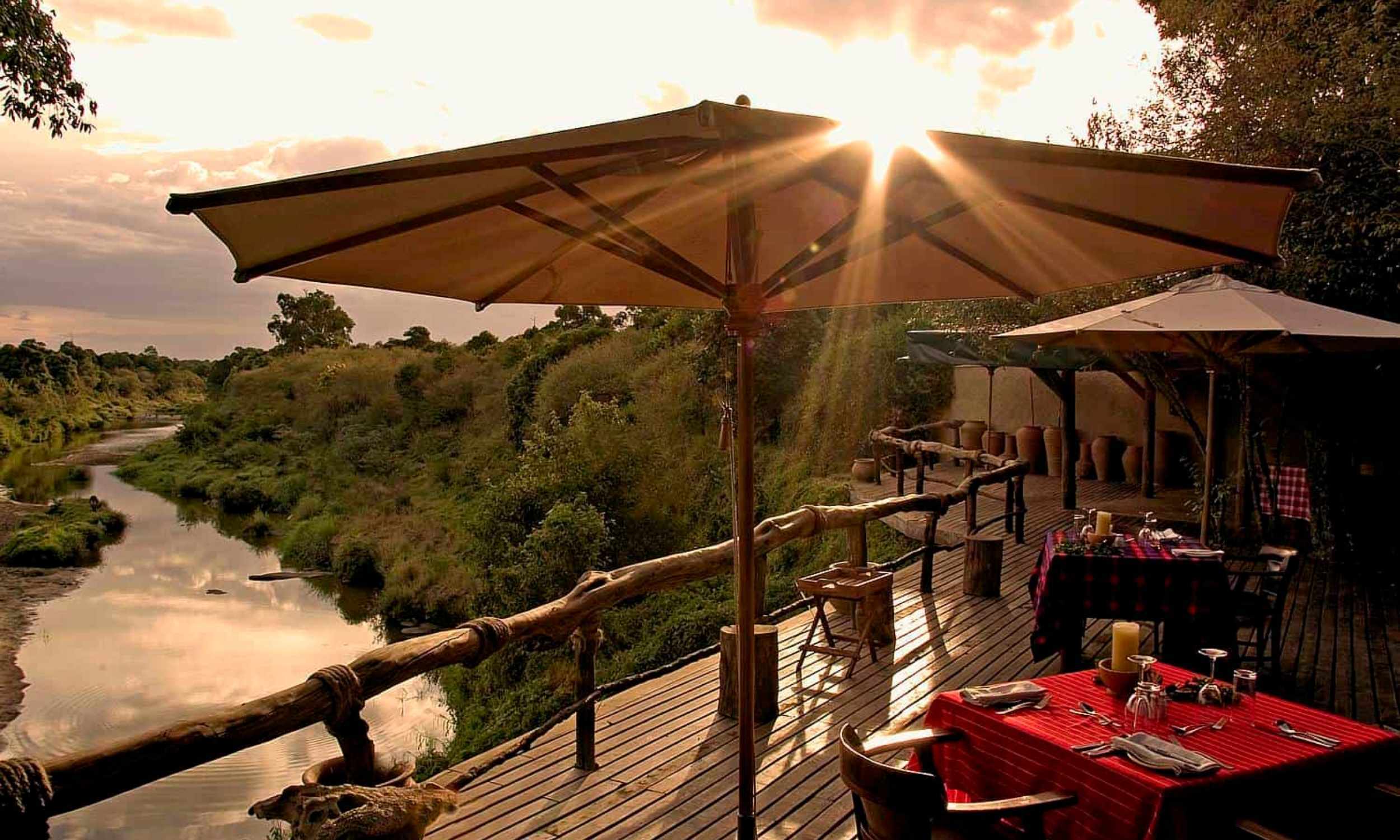
Experiences on a Great Migration Safari
The Great Migration is an immersive journey. While the movement of wildebeest and zebra defines the season, the whole safari experience is shaped by the way you encounter it. If you would like to include any of these experiences or explore other destinations and activities during your safari, please speak with your Travel Designer. We will be happy to weave it into your itinerary. Here are some of the signature experiences that elevate a Great Migration journey.
Private Game Drives
With a private vehicle and guide, you’re free to follow your curiosity. Want to linger with a pride of lions as the light shifts? Or spend a whole morning tracking a herd near the river? Your pace is your own. Guides are trained and know the landscape intimately and understand how to read the subtle signs of the bush, the direction of the wind, the urgency of a call, and the hush before action. This is safari as it should be, unhurried, intuitive, and deeply personal.
Hot-Air Balloon Safaris
Few experiences rival the serenity of drifting over the Serengeti or Masai Mara at dawn. From above, the full scope of the migration reveals itself, ribbons of wildebeest threading through golden grass, elephant herds forming slow-moving shadows, and the early stirrings of the day below. A hot-air balloon safari ends with a champagne breakfast on the plains, a moment to toast the silence and scale of the world you’ve just witnessed.
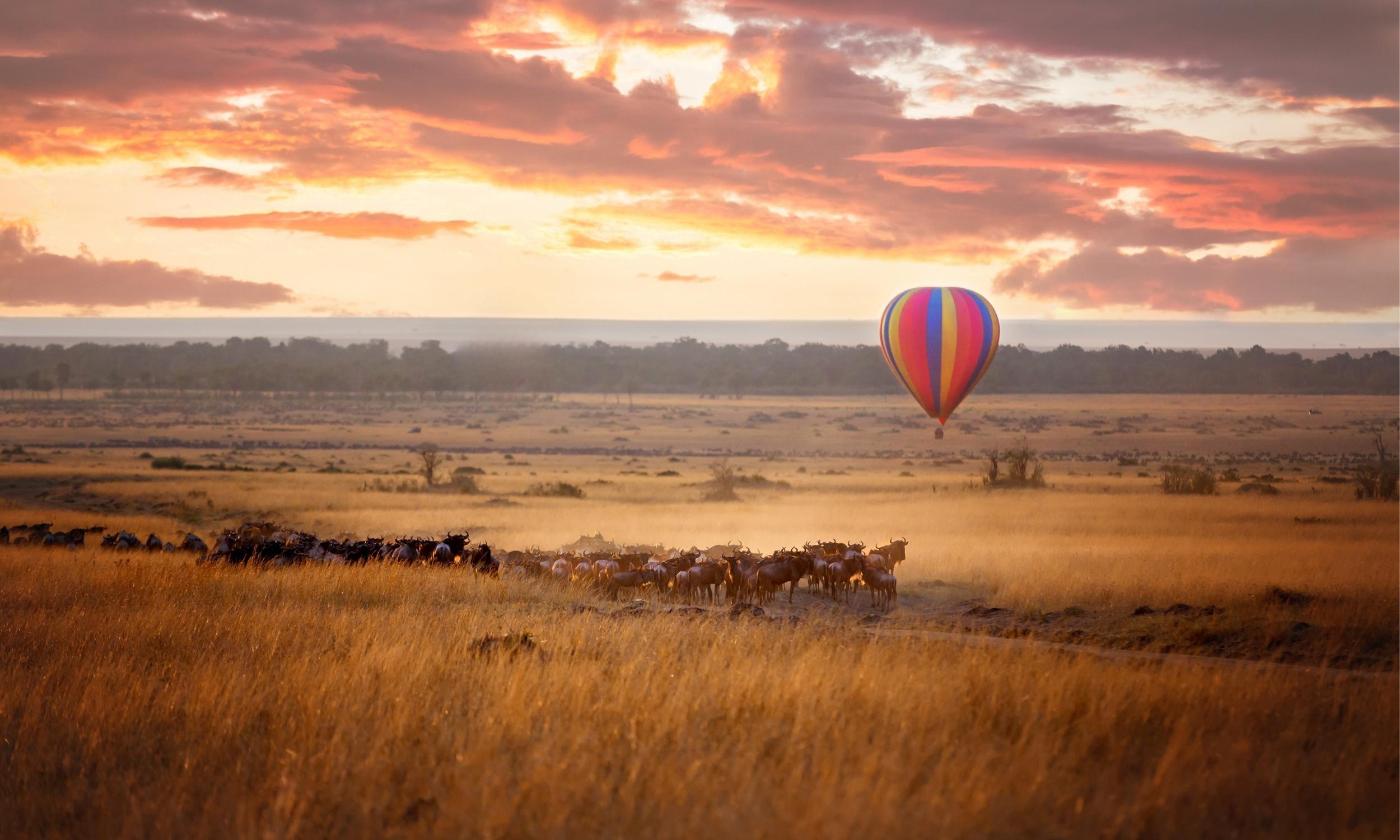
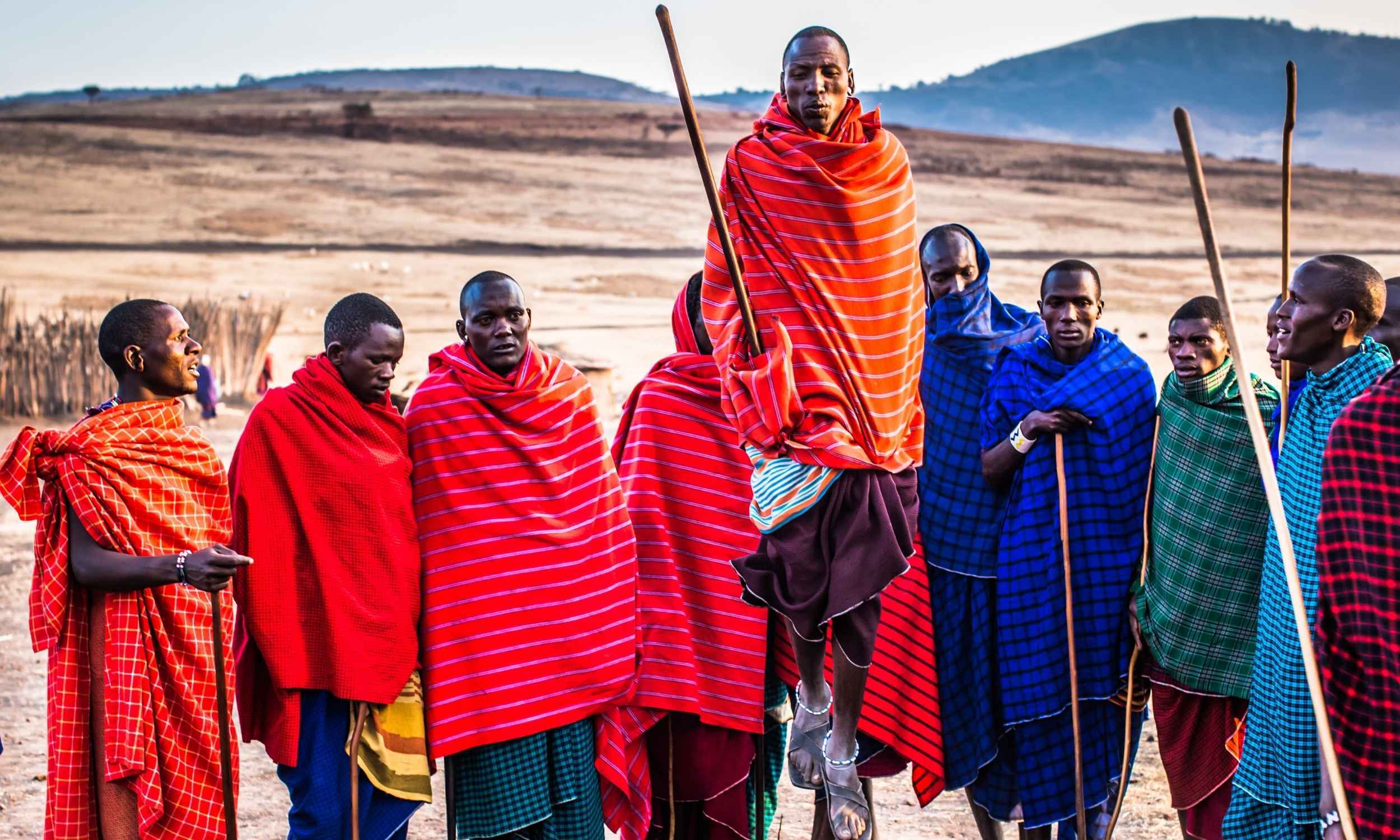
Photographic Safaris
For travelers with a lens, whether seasoned or new, the Great Migration offers an ever-changing canvas. Some camps offer specialist photographic guides and vehicles fitted with camera rests and swivel seats. Early light, dramatic action, and incredible access make this one of the most rewarding places to hone your craft.
Walking Safaris
Stepping out of the vehicle changes everything. On foot, the landscape stretches out wider, sharpening the senses. Accompanied by expert guides and armed rangers, walking safaris in private conservancies or select regions of the Serengeti offer a slower, more tactile way to connect with the bush. Learn to read tracks, taste wild herbs, and feel the pulse of the land beneath your boots.
Cultural Encounters
Meeting with the Maasai or Hadzabe communities opens another dimension to your journey. These are not staged performances, but genuine opportunities for exchange: a visit to a boma, a walk with a local guide, and a chance to hear stories that have shaped this land long before the word ‘safari’ was even known. Respect and curiosity go hand in hand, and the insight gained is lasting.
Scenic Sundowners and Bush Meals
The tradition of pausing at sunset with a drink in hand is one of safari’s greatest gifts. Whether overlooking a waterhole or set beside the glow of a lantern-lit table under the stars, these moments serve as a reminder to stop and take it all in. Meals in the bush are elegantly casual, full of flavor, and accompanied by the distant calls of the wild.
Beyond the Migration
The migration may be the centerpiece, but the story stretches far beyond. Pairing a Great Migration safari with regions like Ngorongoro Crater, Tarangire, or Laikipia creates a more in-depth and layered itinerary. Each destination adds something distinct: the crater’s ancient drama, Tarangire’s iconic baobabs and elephant herds, Laikipia’s private conservancies, and meaningful conservation stories.
Travel Designer Ruthie Detwiler often reminds guests that while the migration is extraordinary, it is not the only reason to be here. “The safari does not have to be just about the migration,” she says. There are countless other animals to see, from elusive leopards to endangered rhinos, and each reserve along the route offers its own seasonal riches. Whether timed with the migration or not, the land always pulses with life and the potential for unforgettable encounters.
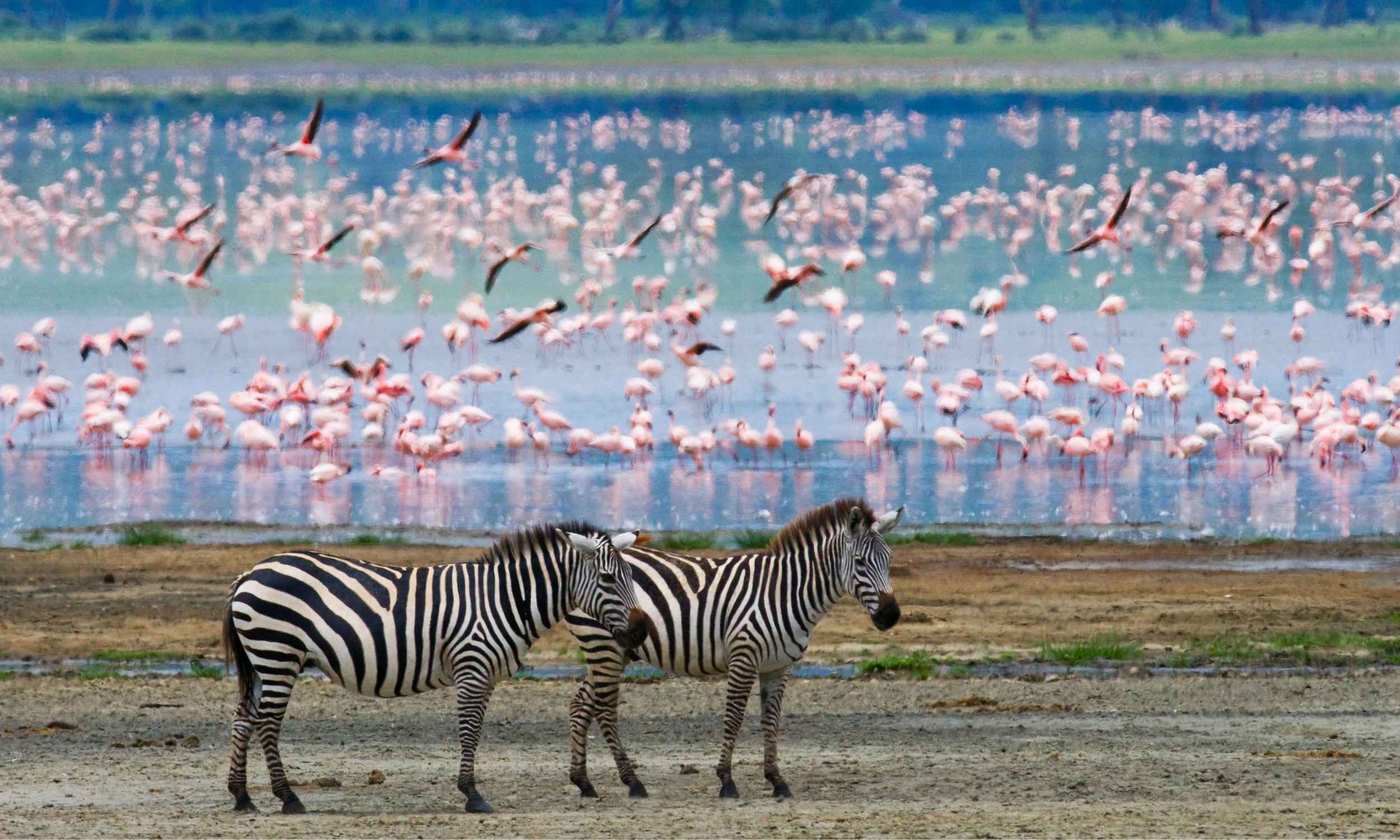
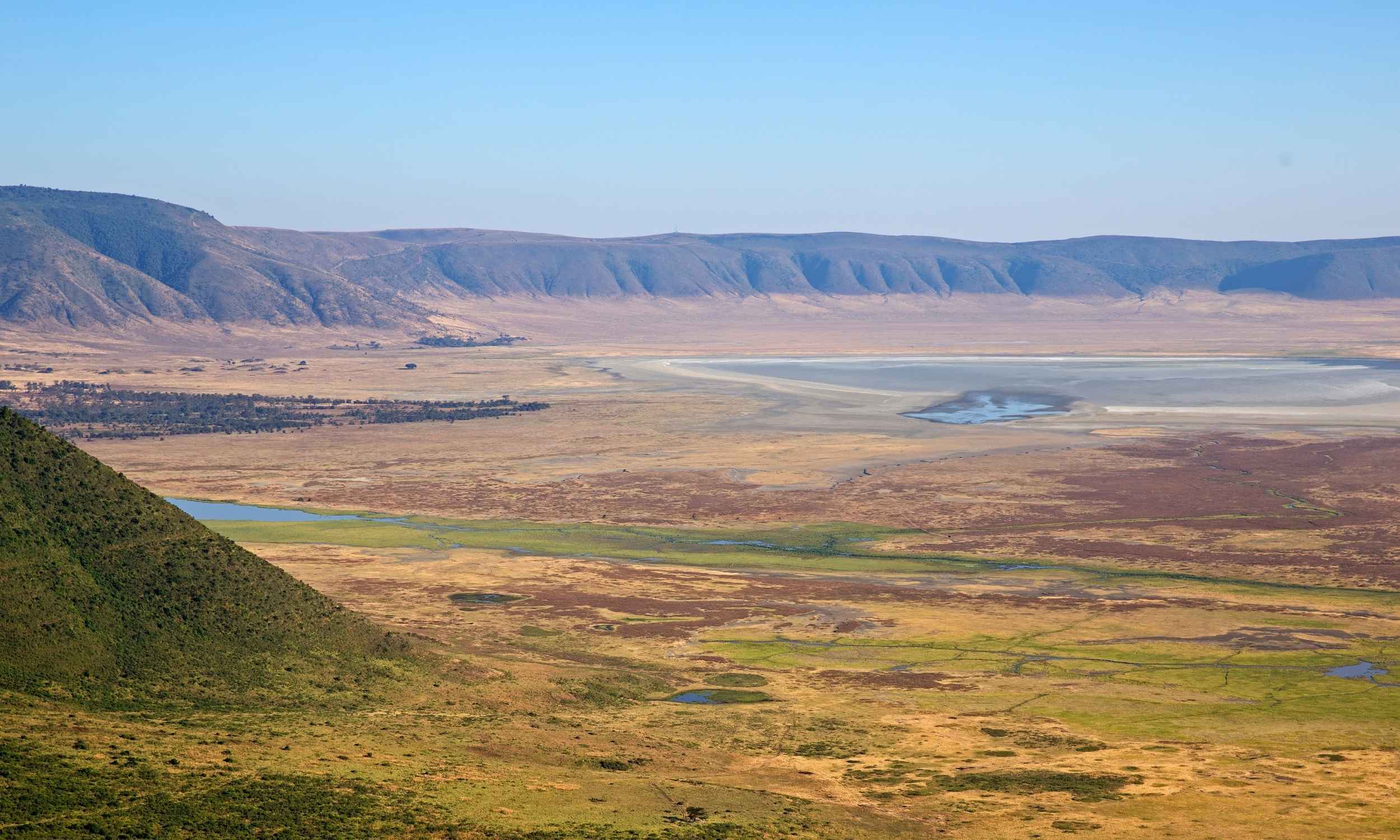
The Great Migration cannot be predicted. It happens on its own time, by its own rules, and that unpredictability is part of its beauty. The herds move with the rain, not by any fixed schedule. Their movements are dictated by instinct, shifting weather patterns, the scent of moisture carried on the wind, and the promise of fresh grass.
One year, the crossings might happen early. Next, they may be delayed by weeks. Calving may begin under clear skies or amid unexpected showers. Nature decides, and therein lies the wonder. The migration follows rhythms older than memory, shaped by the ever-changing pulse of the land.
Whether you witness a river crossing, the birth of a calf, or a quiet moment on the plains, you are seeing nature move with purpose and poetry, not performance. It is a privilege to step into this ancient cycle, even briefly, and let it unfold on its own terms.
Talk to a Travel Designer to craft a journey that aligns with your own sense of wonder.
























































